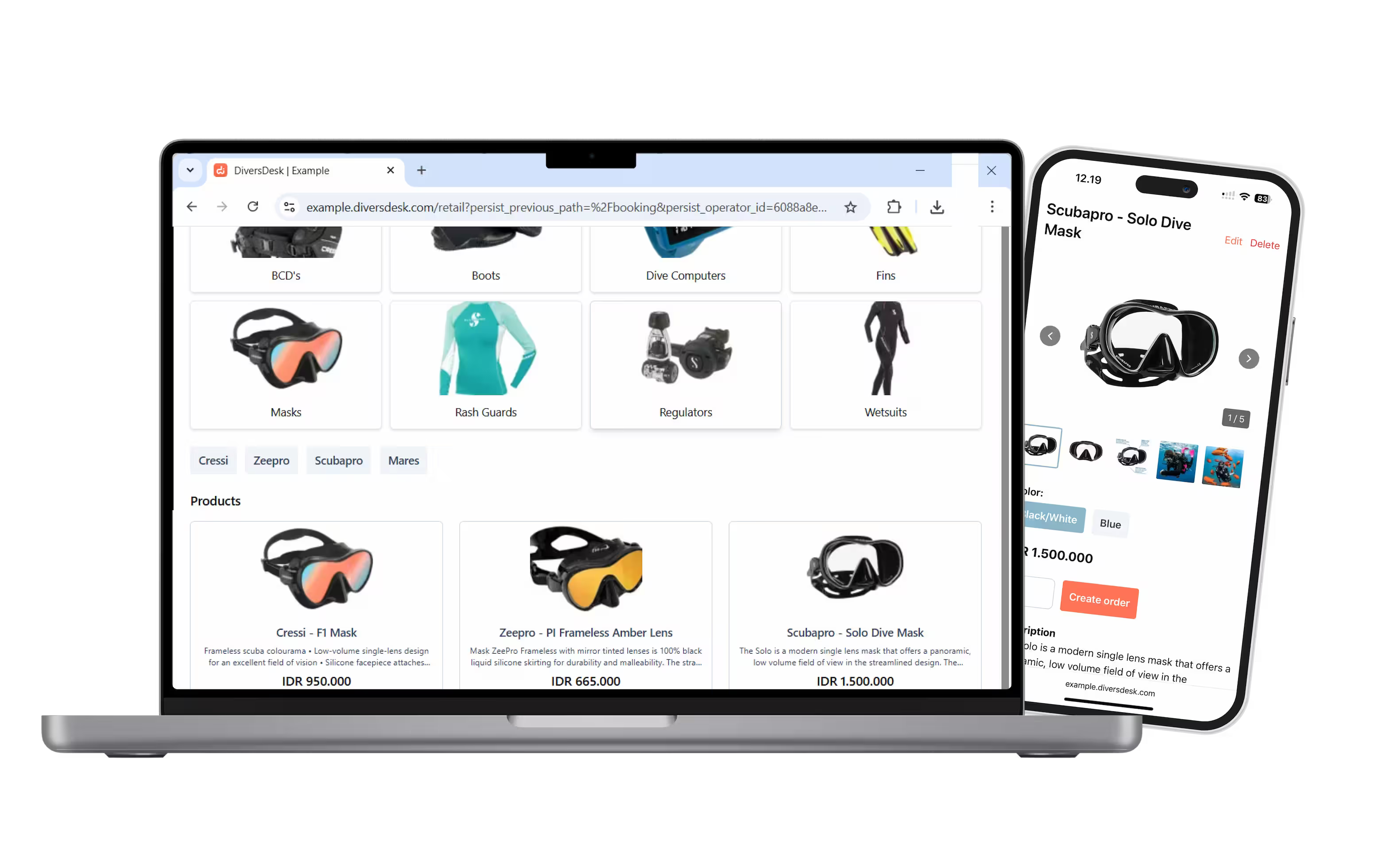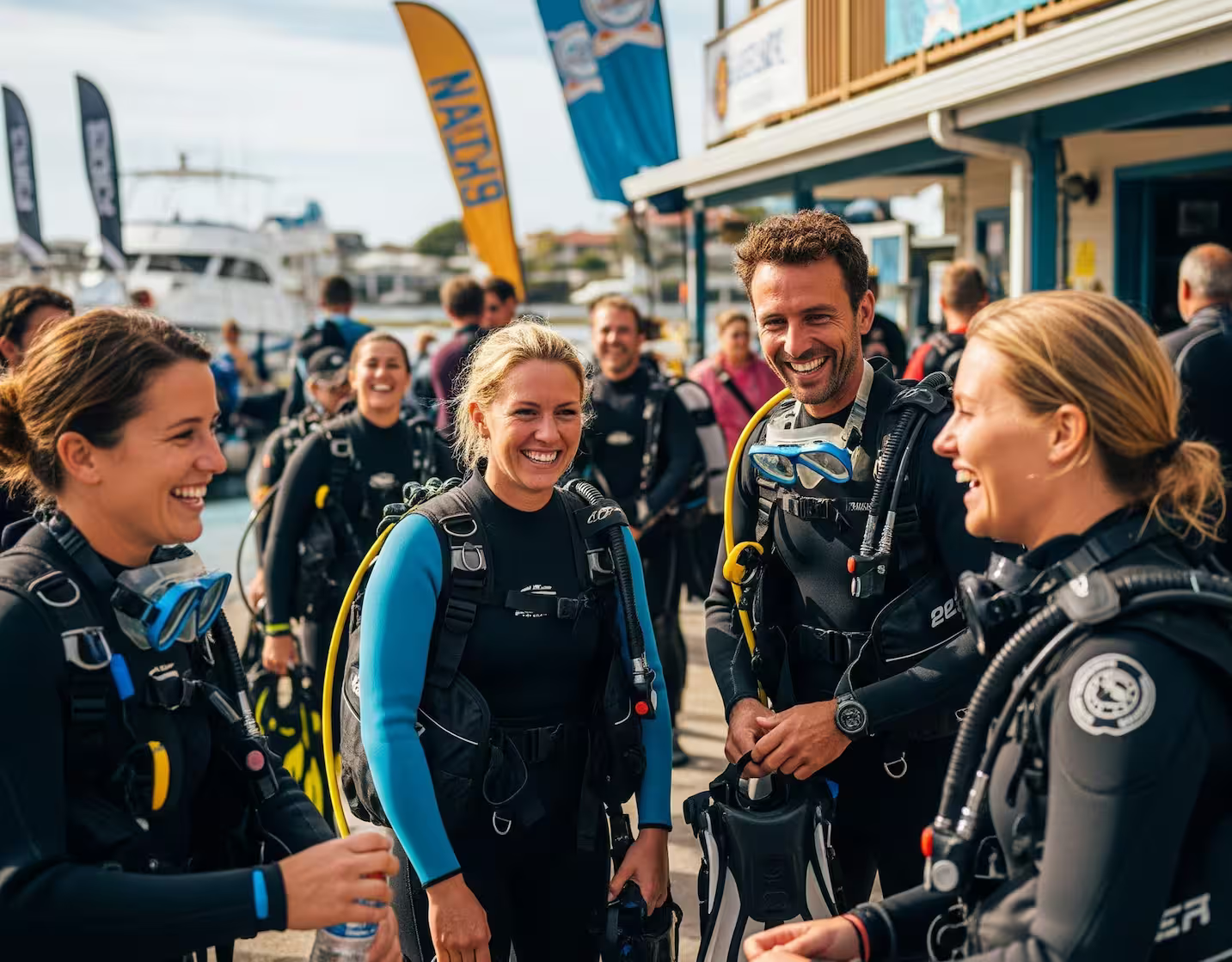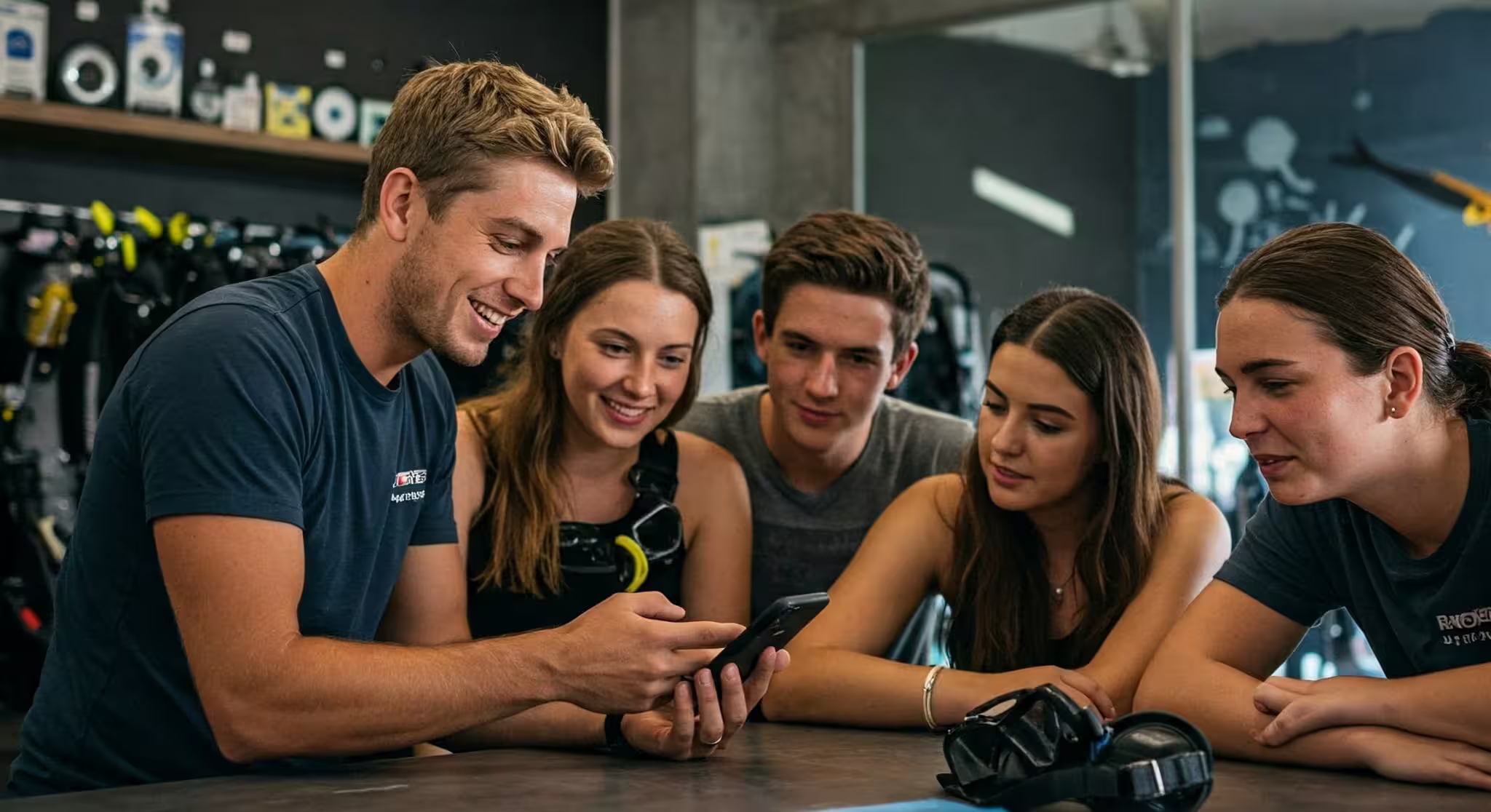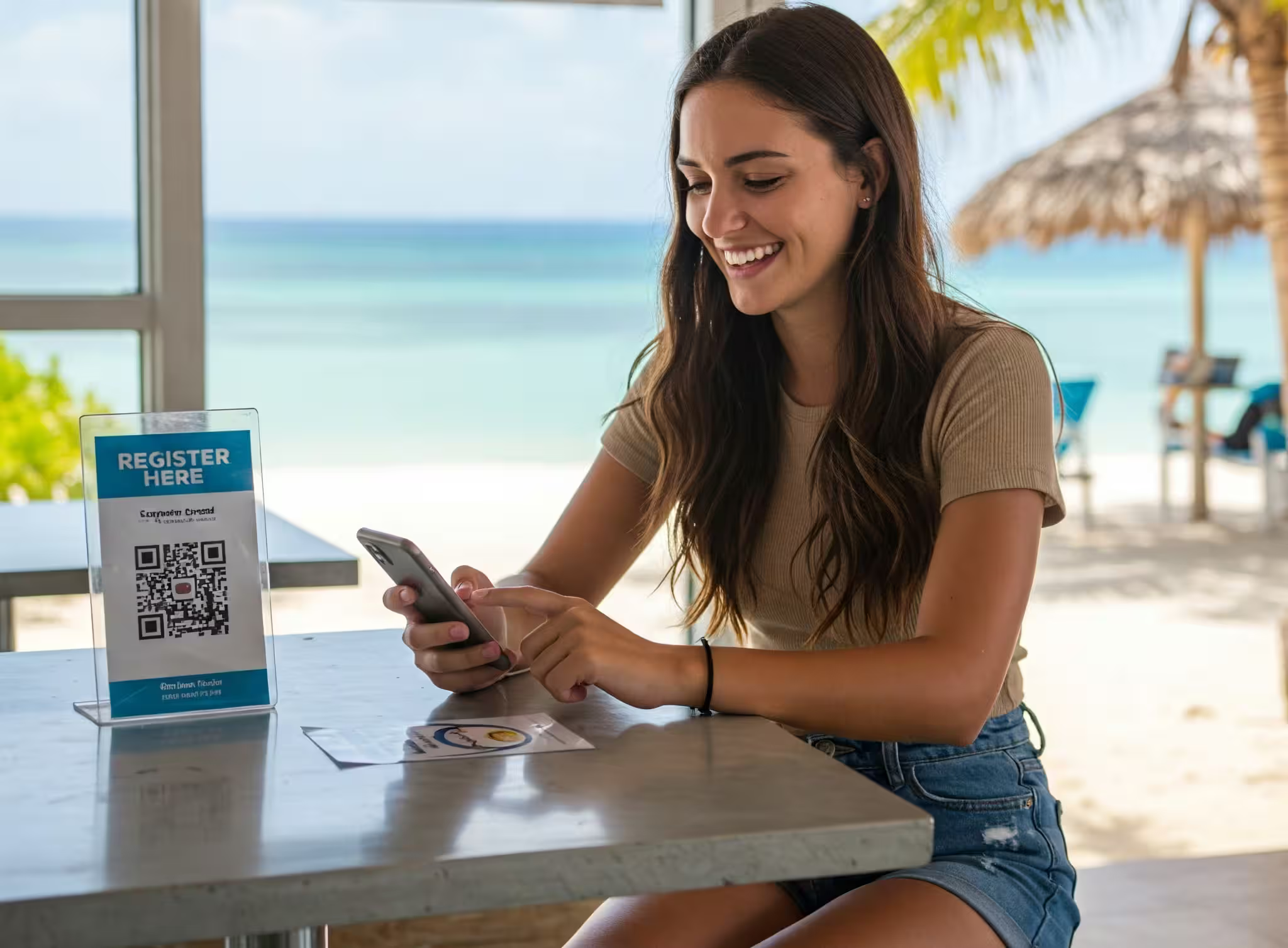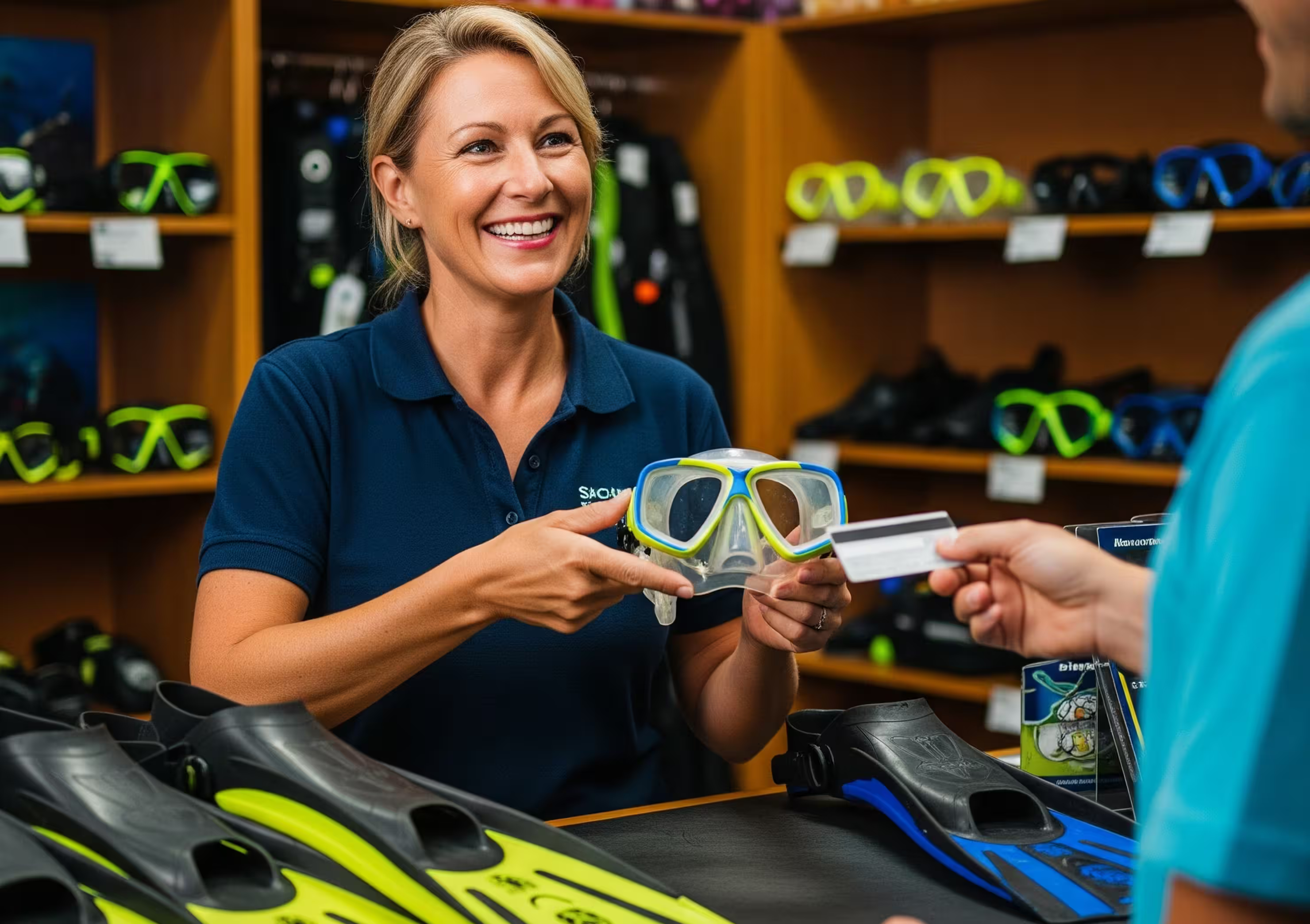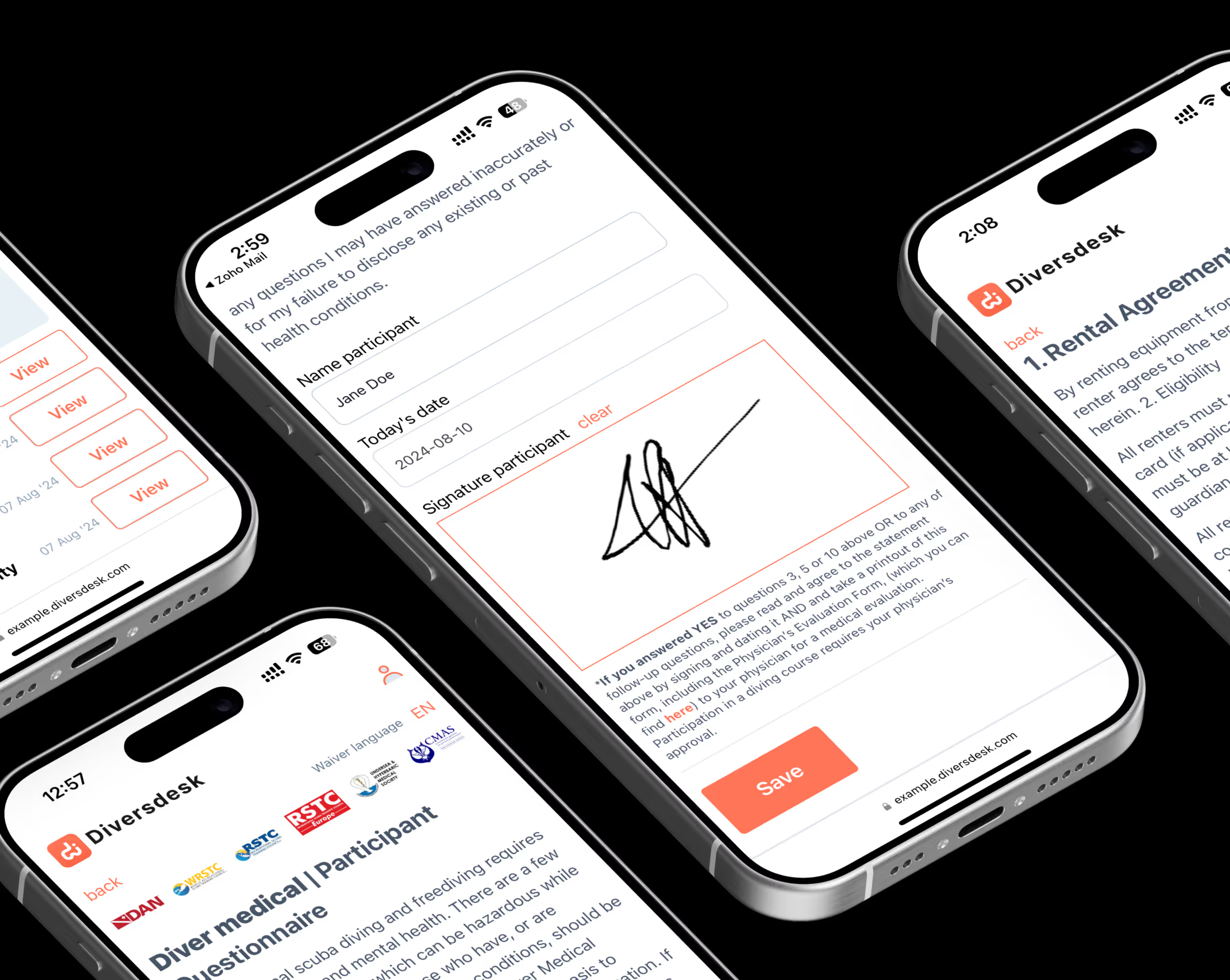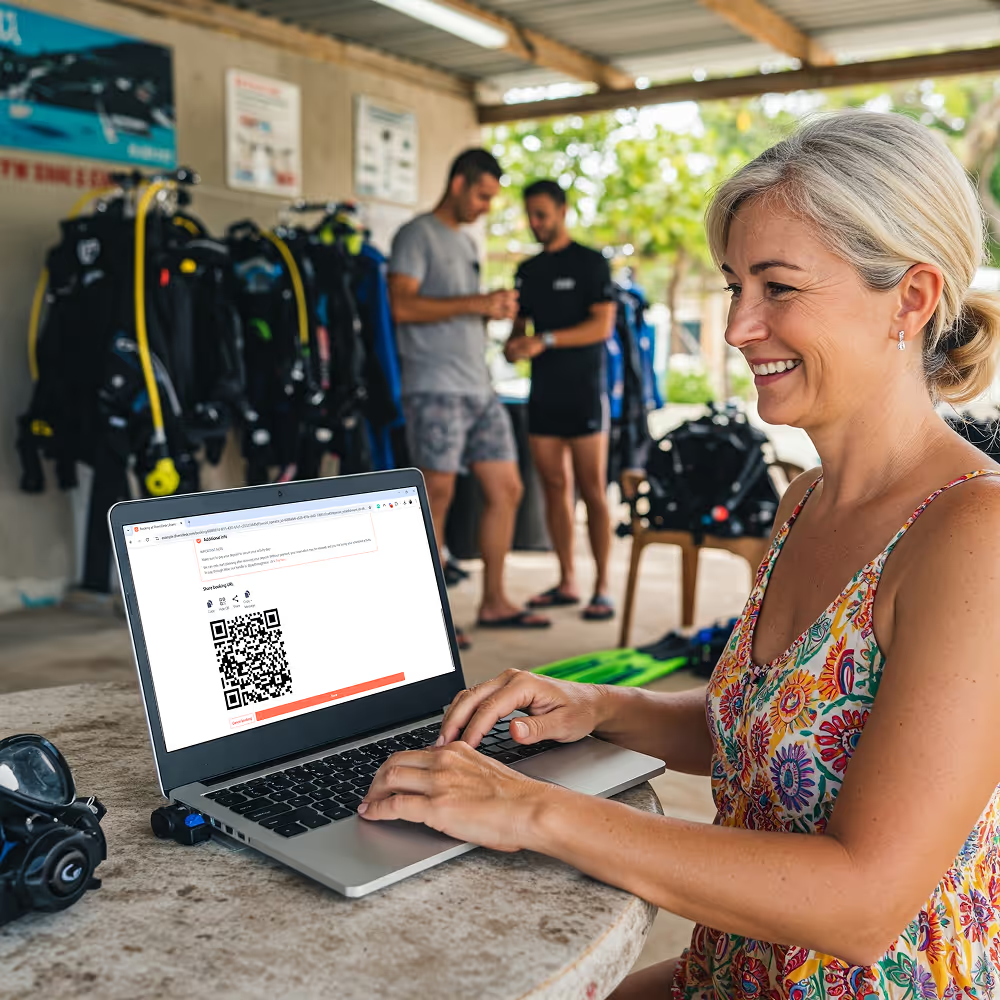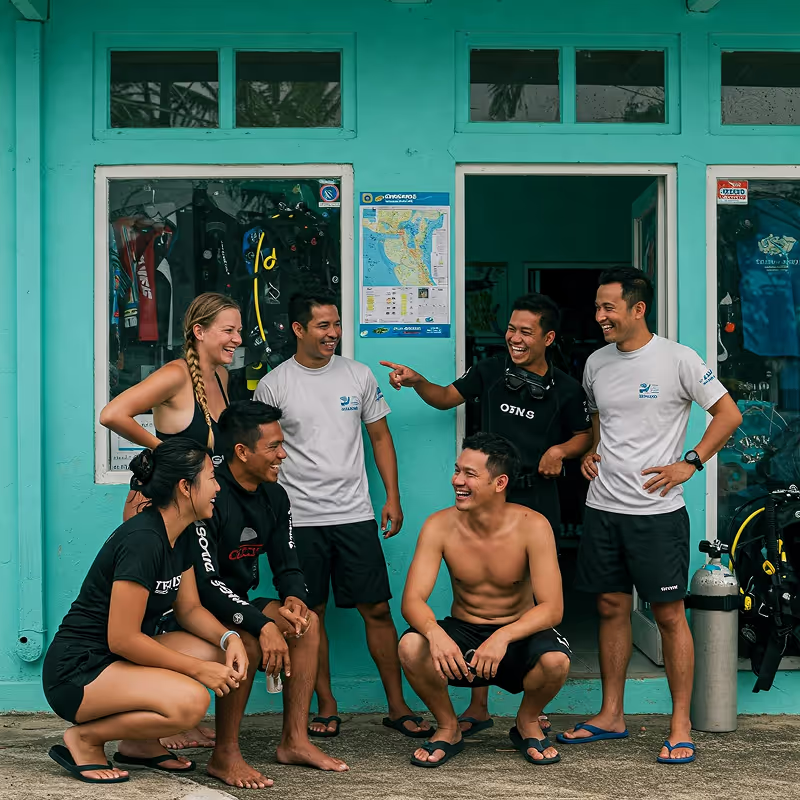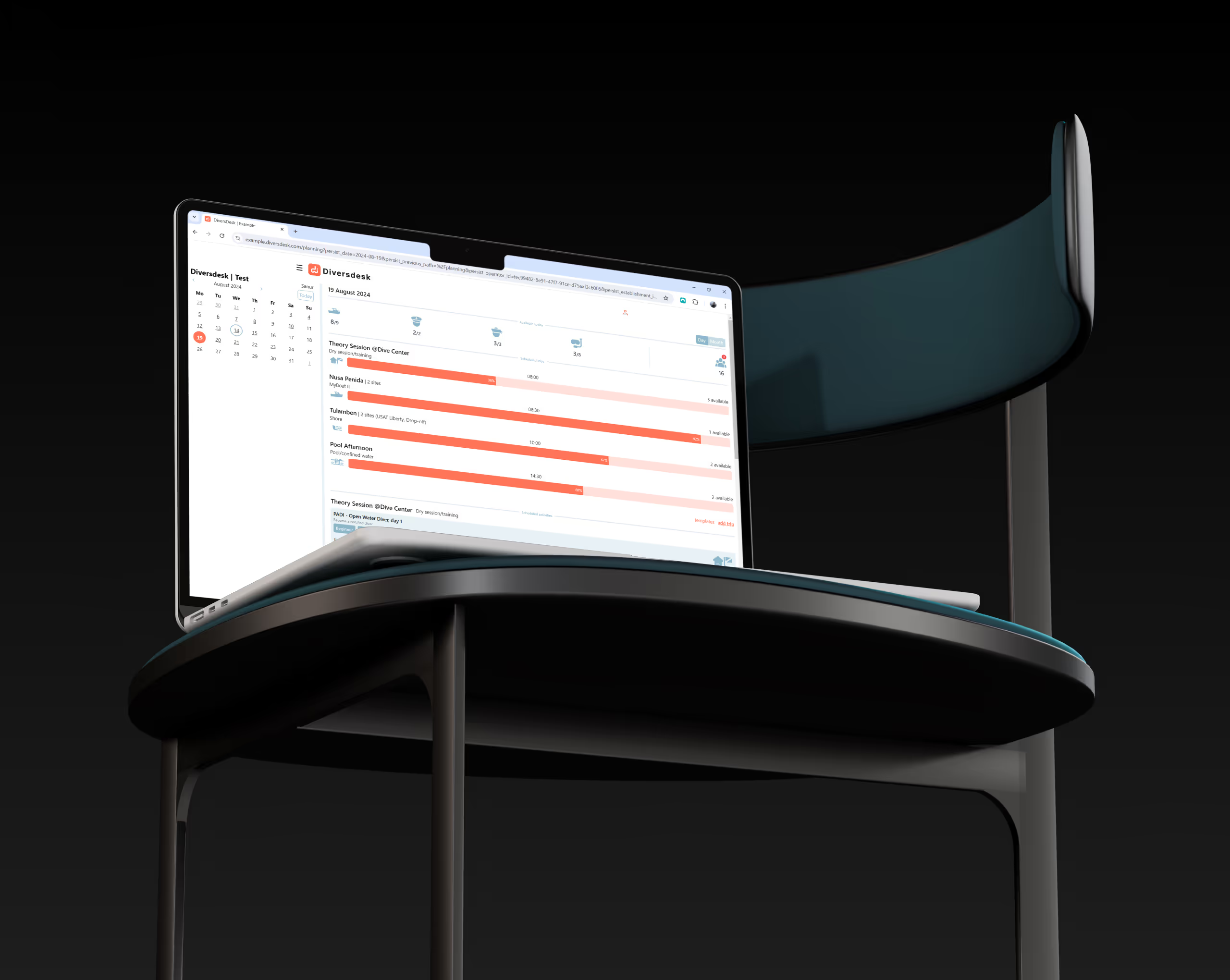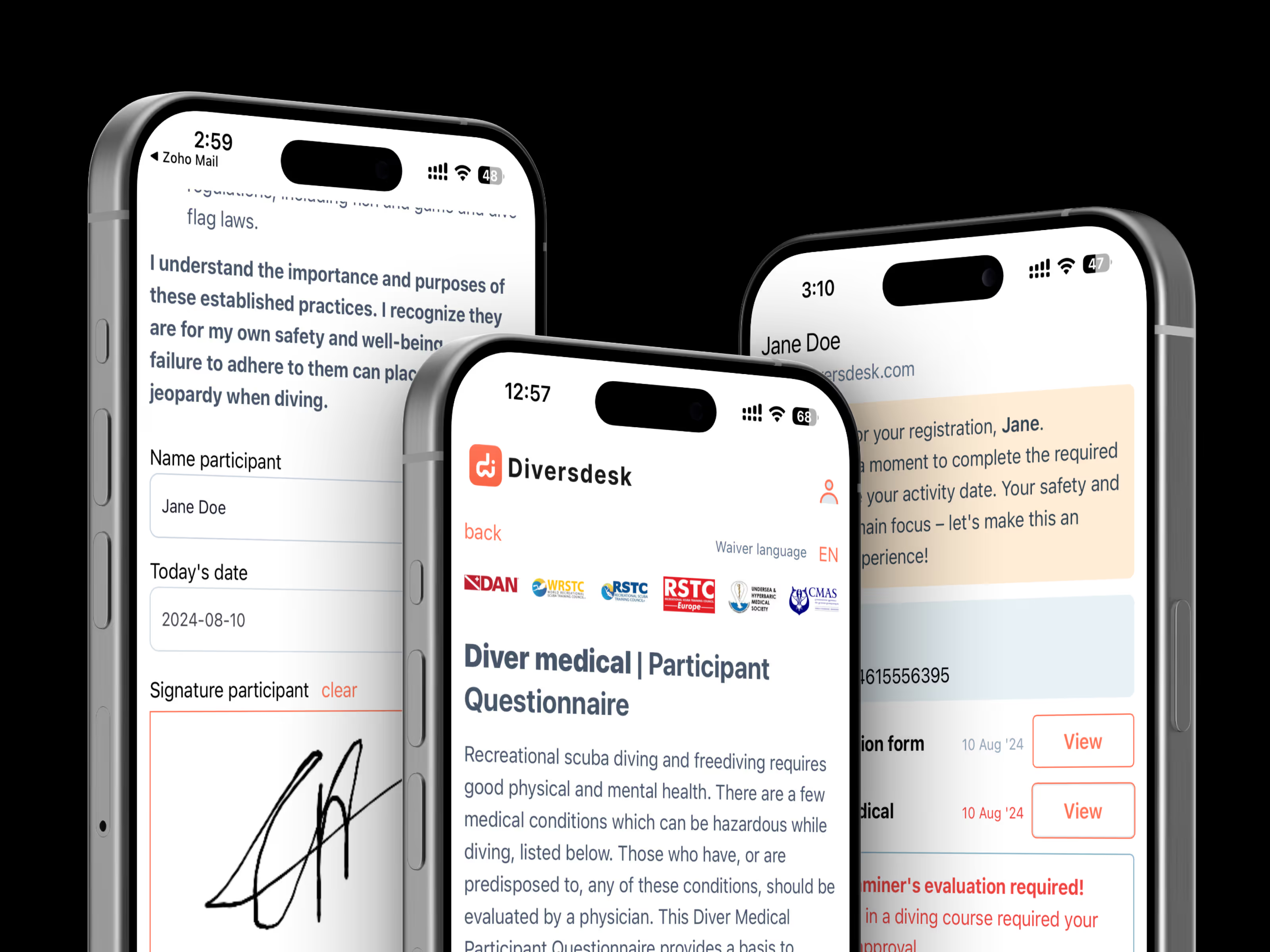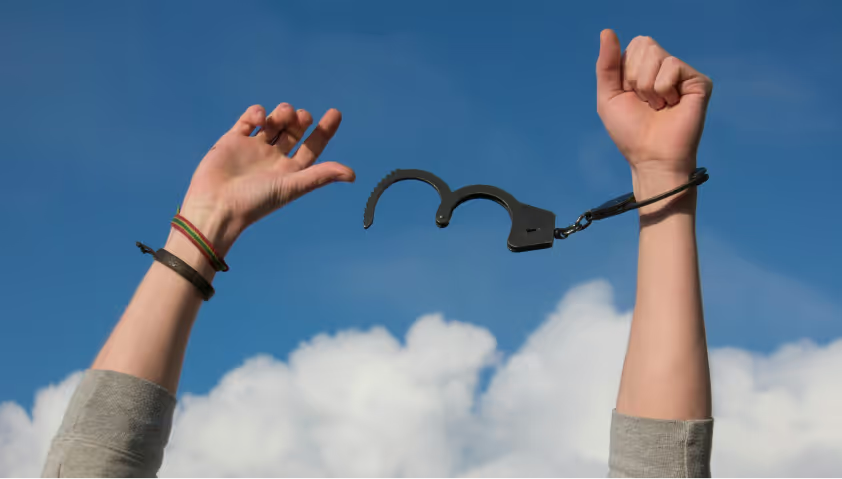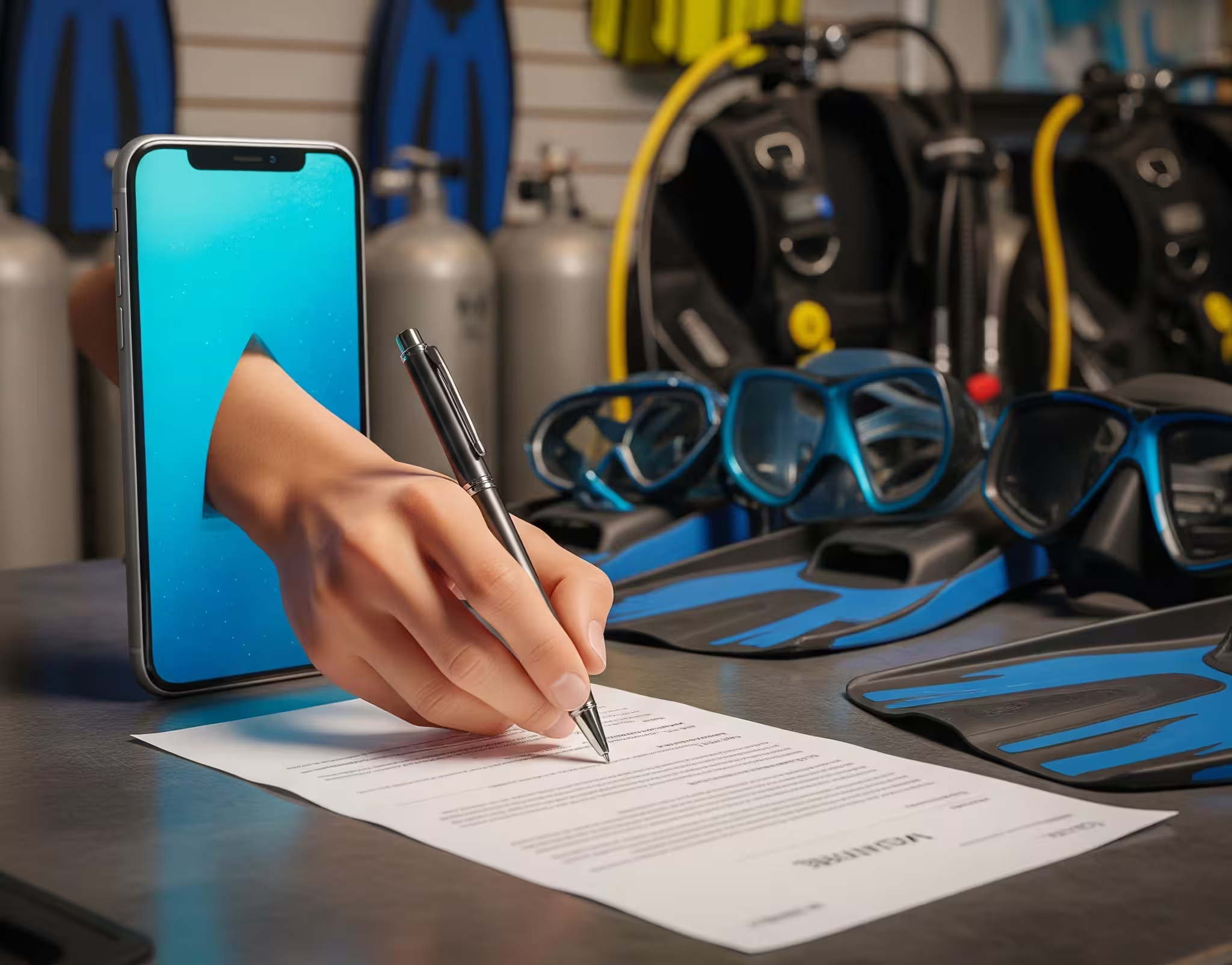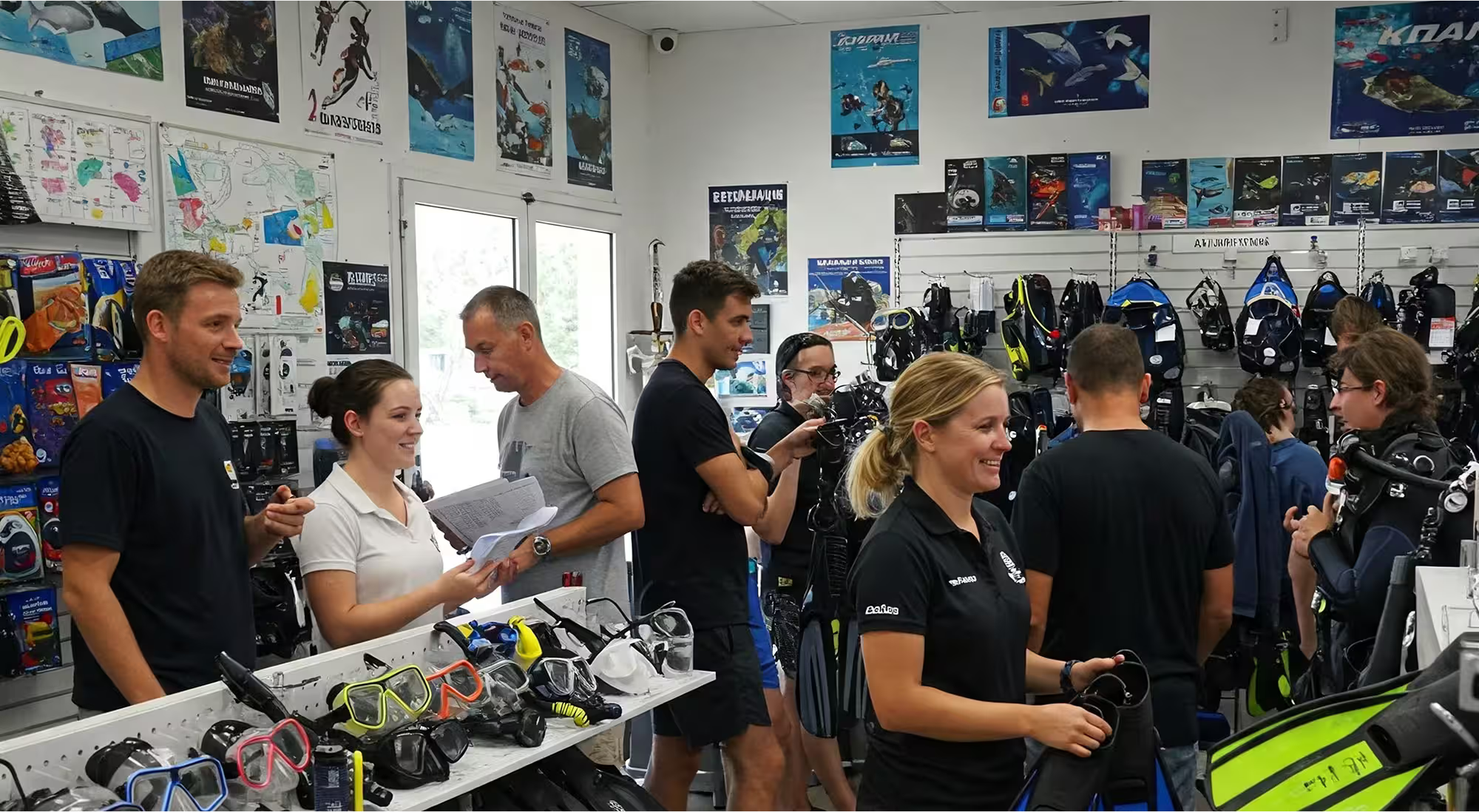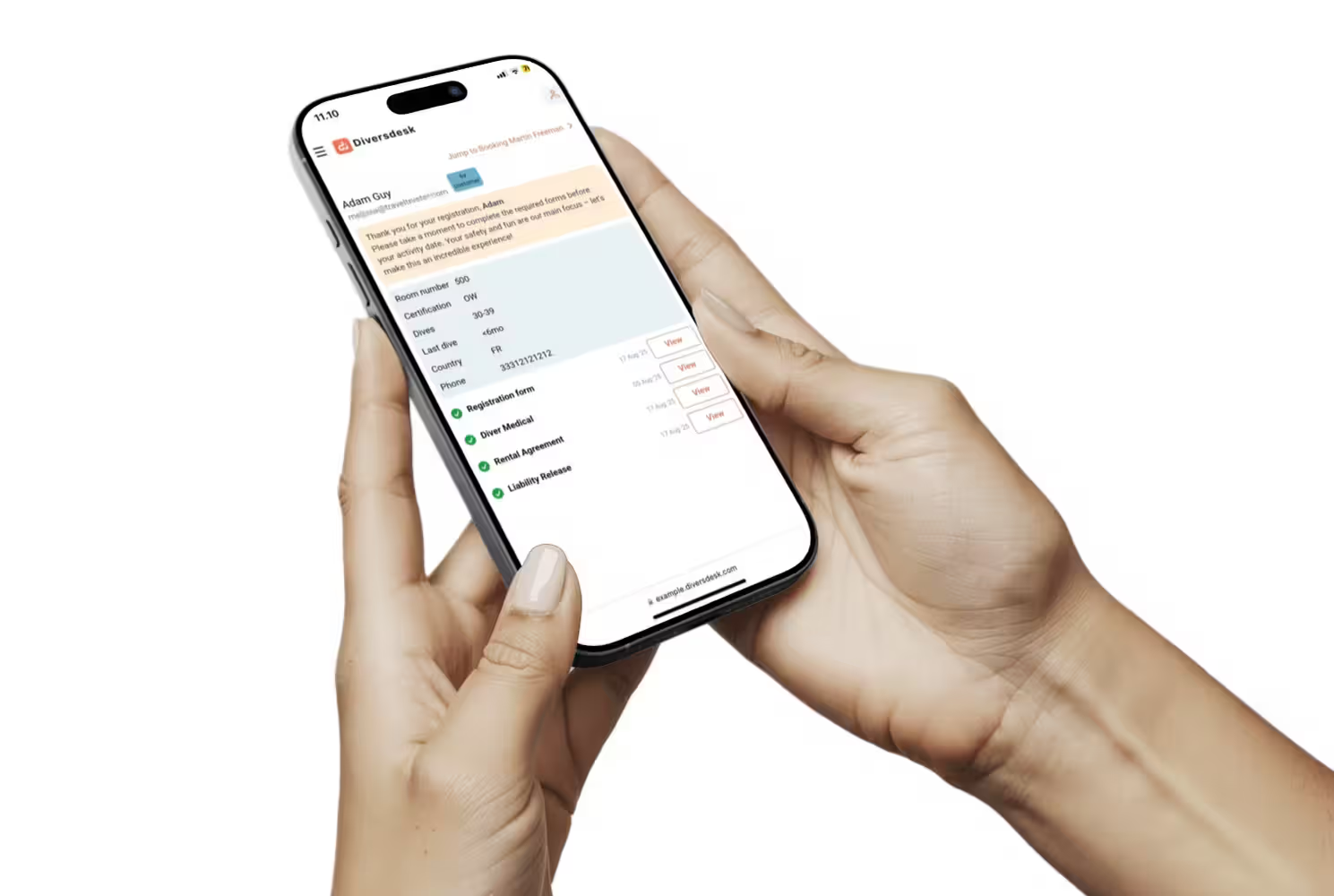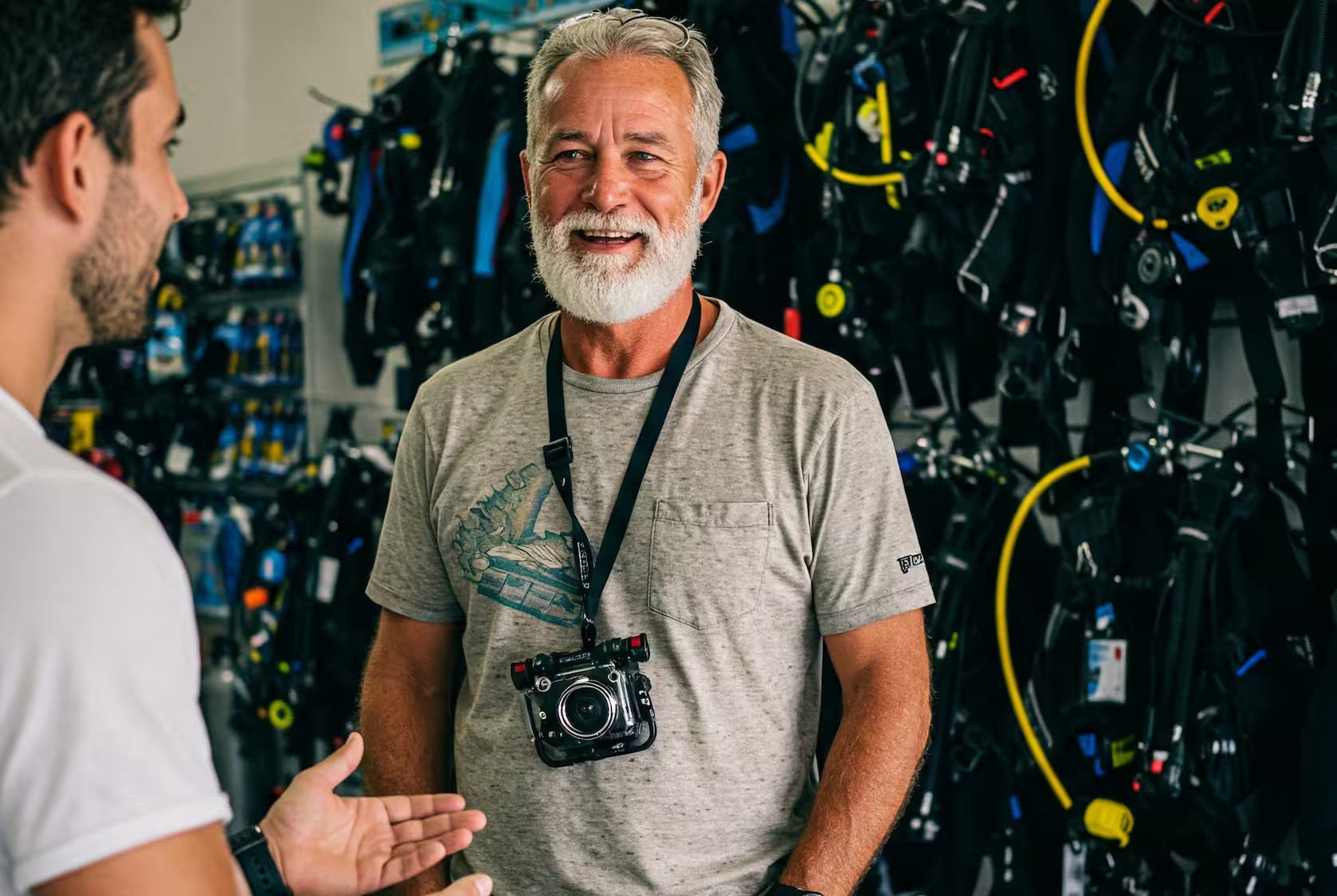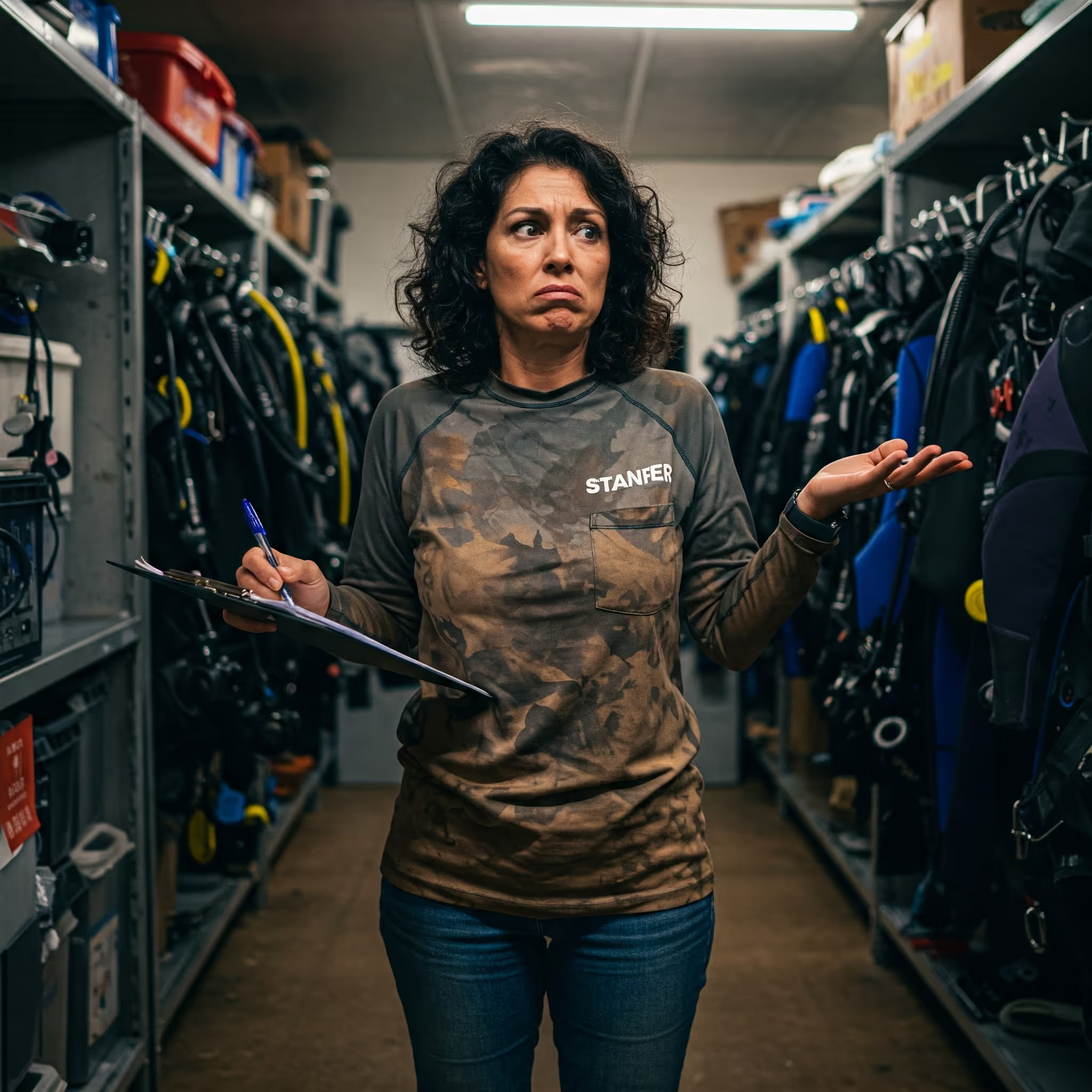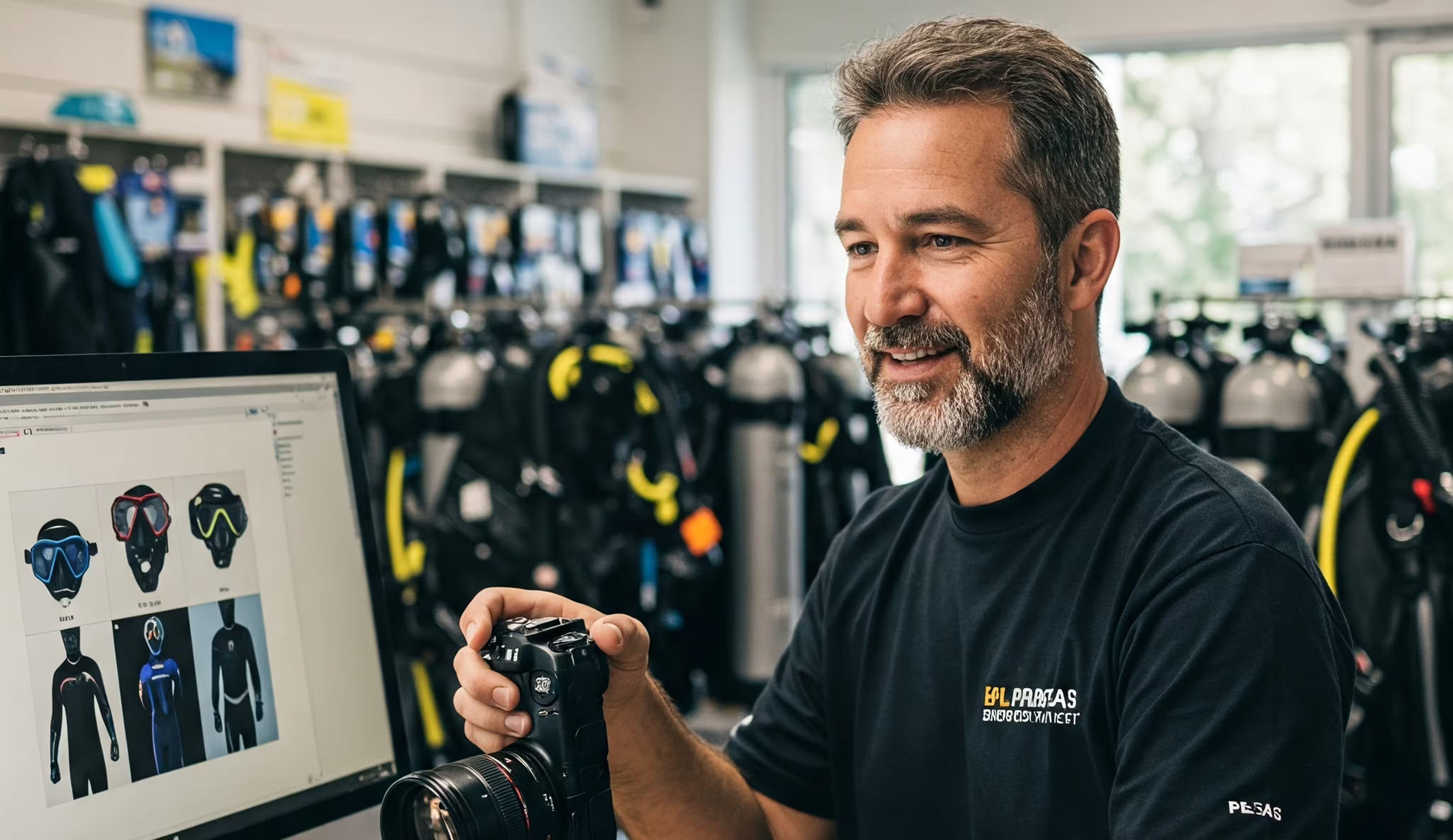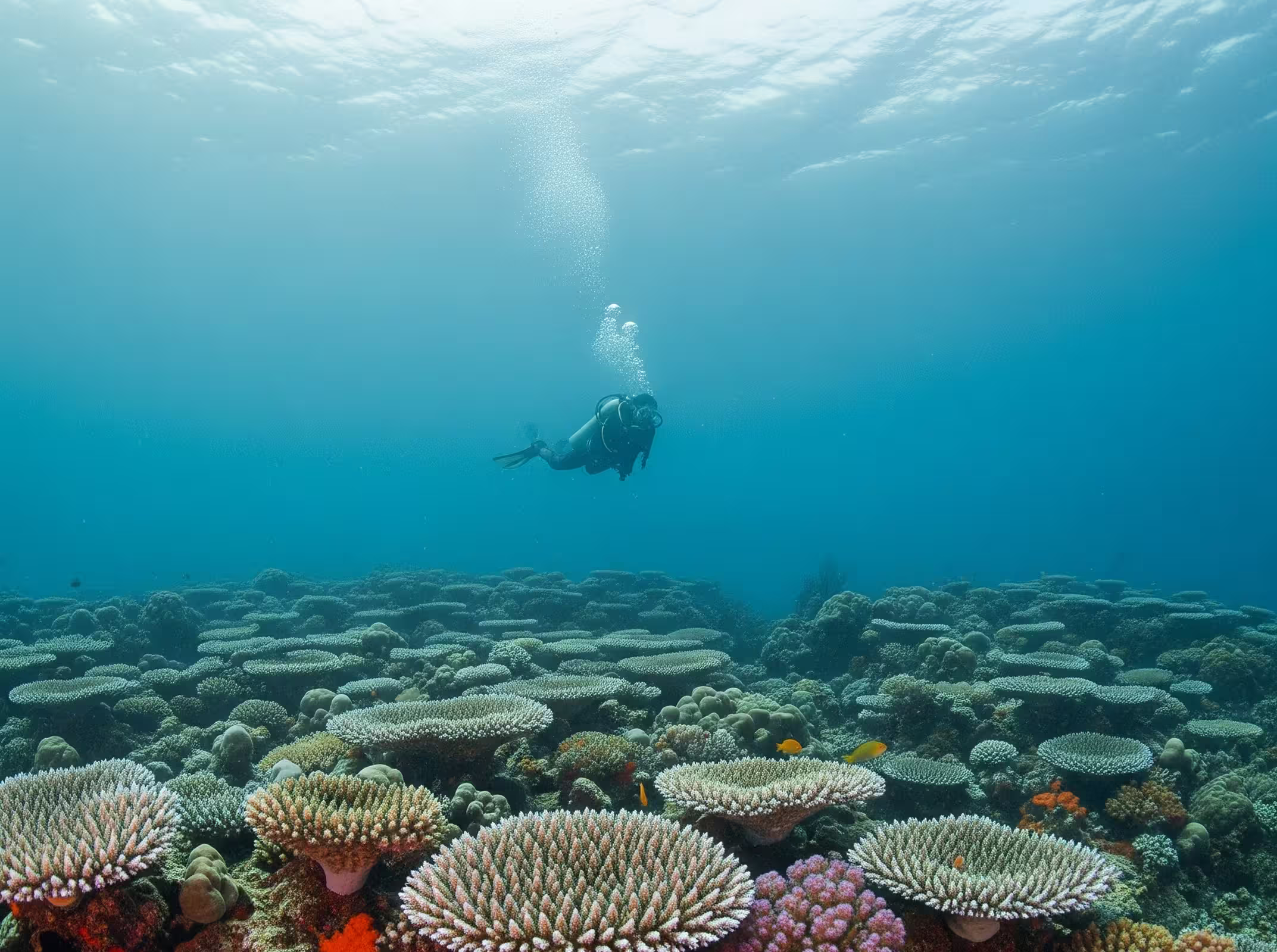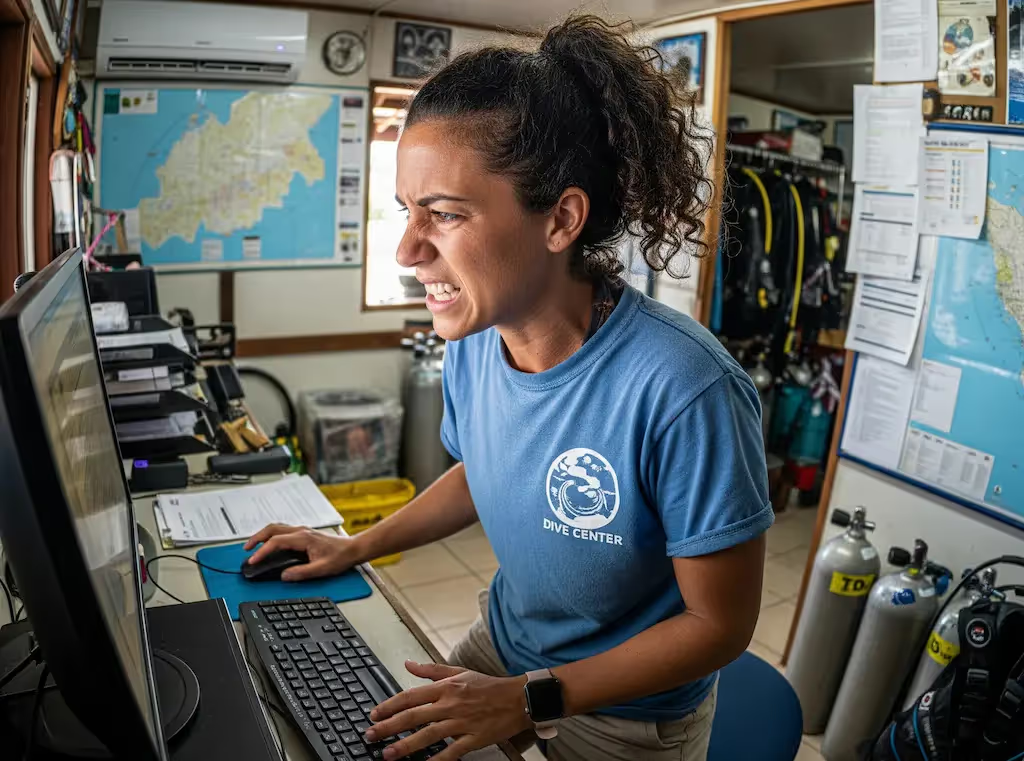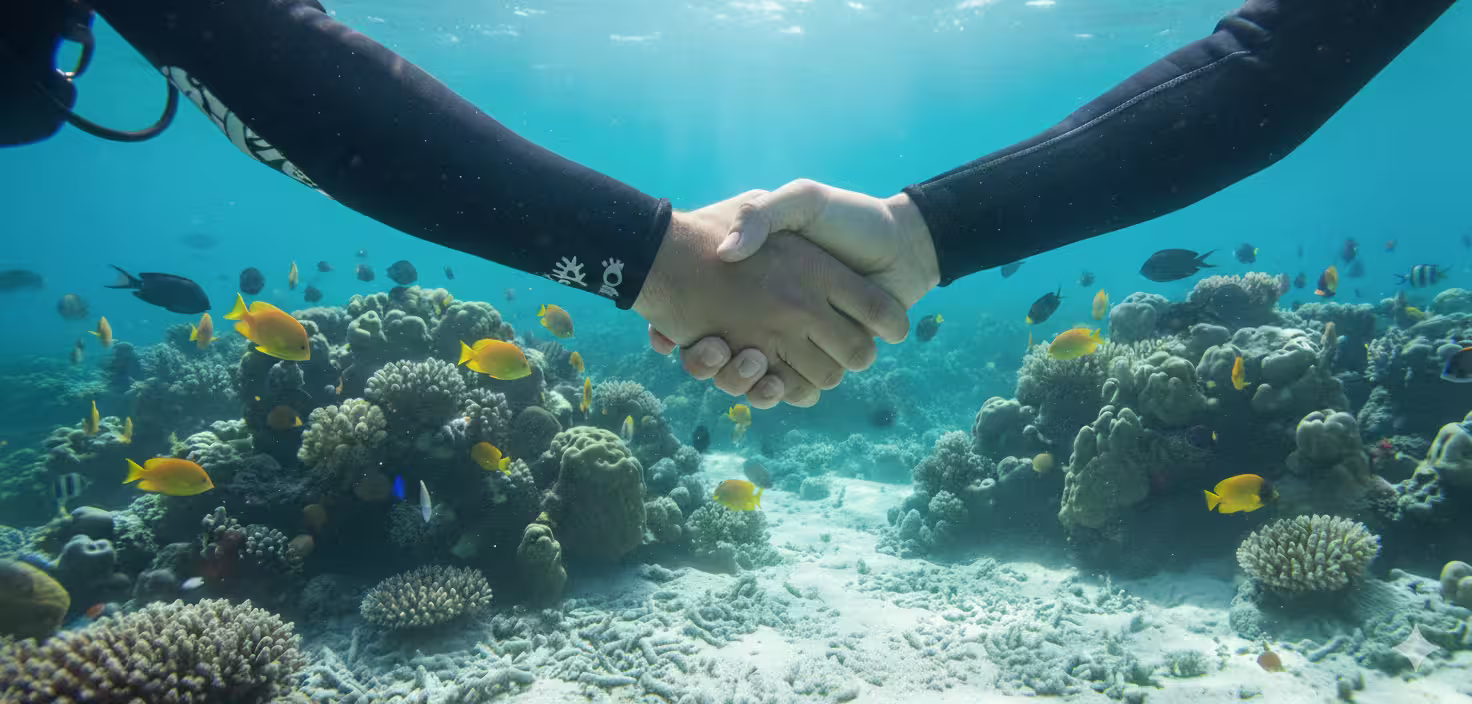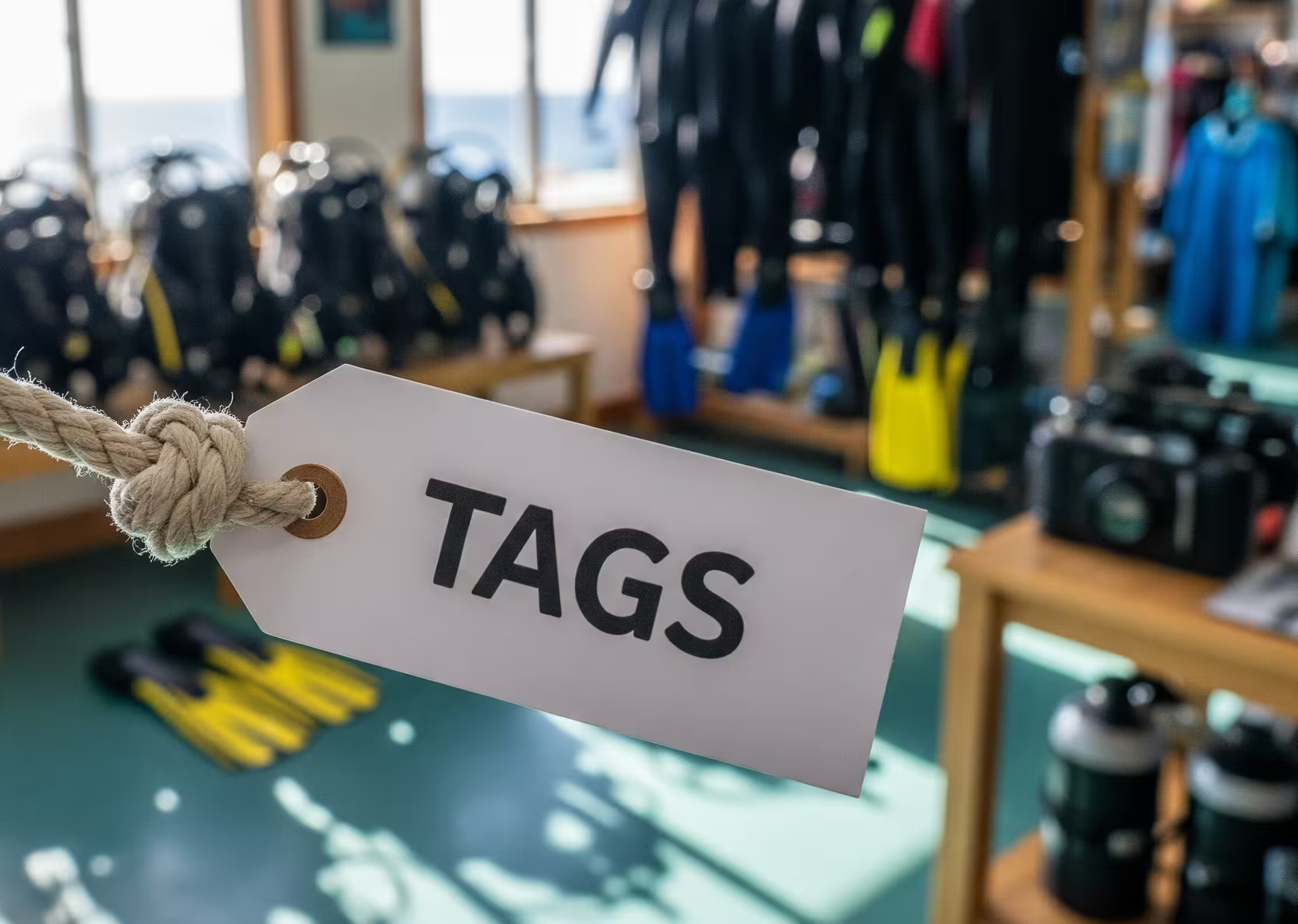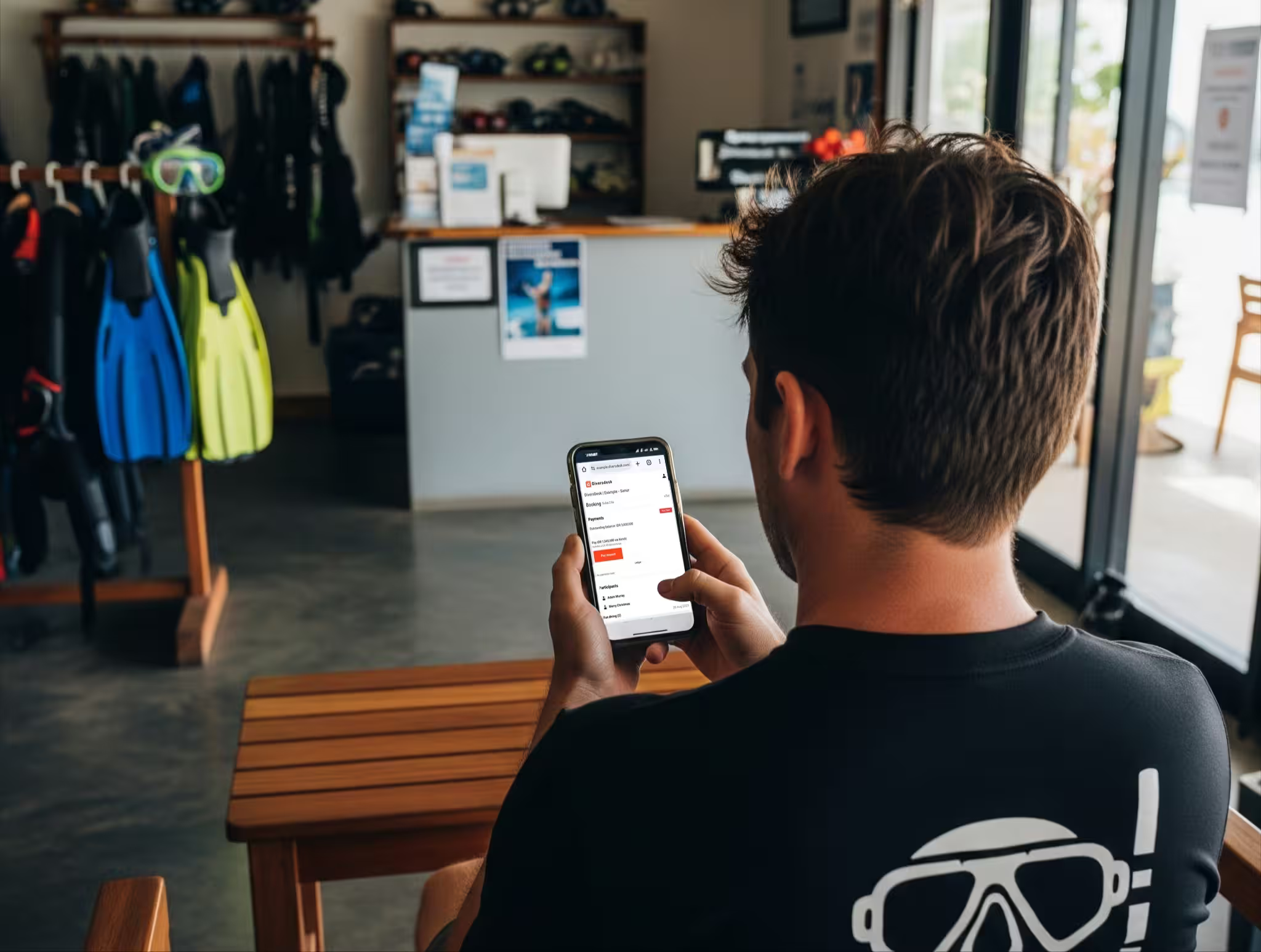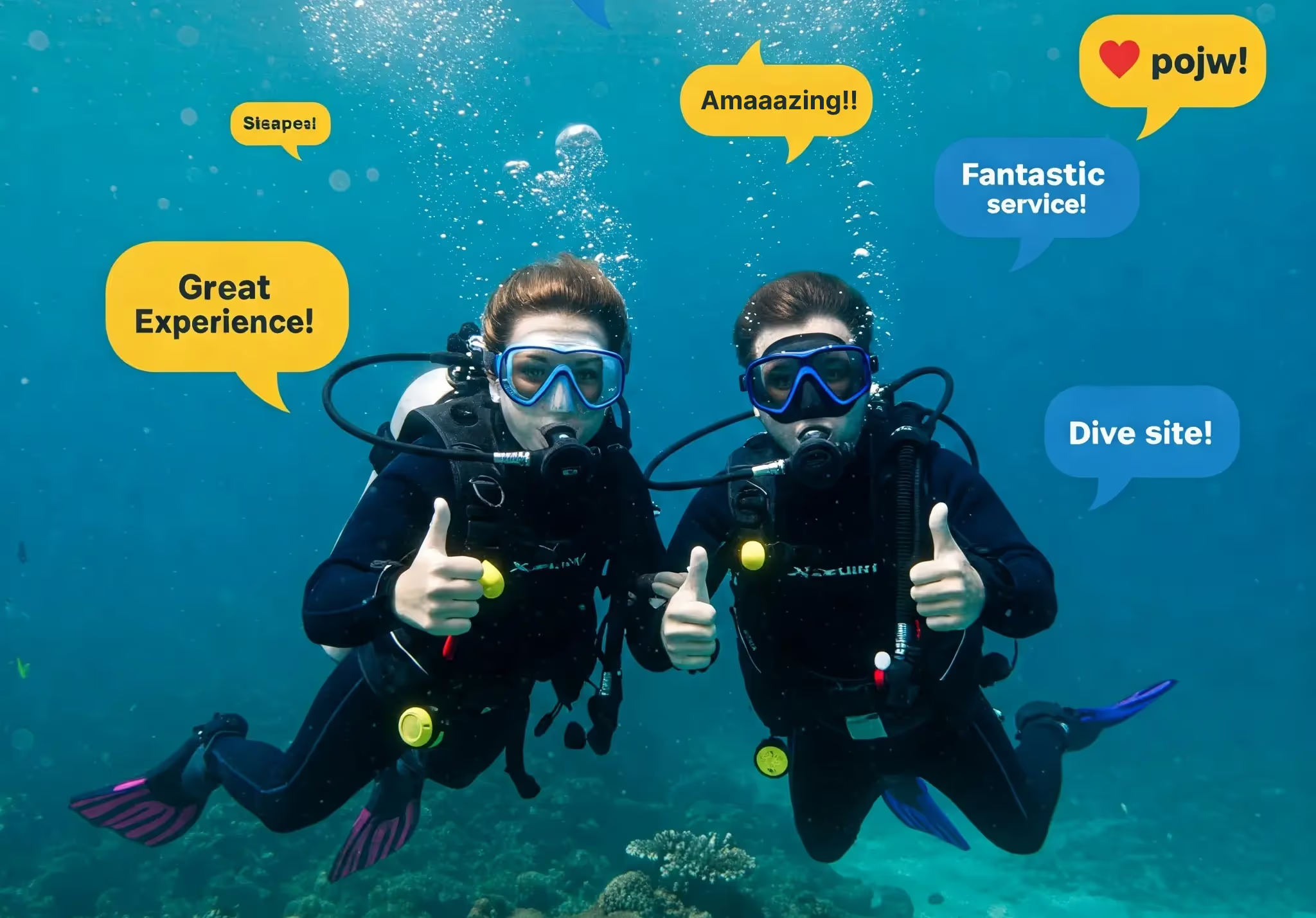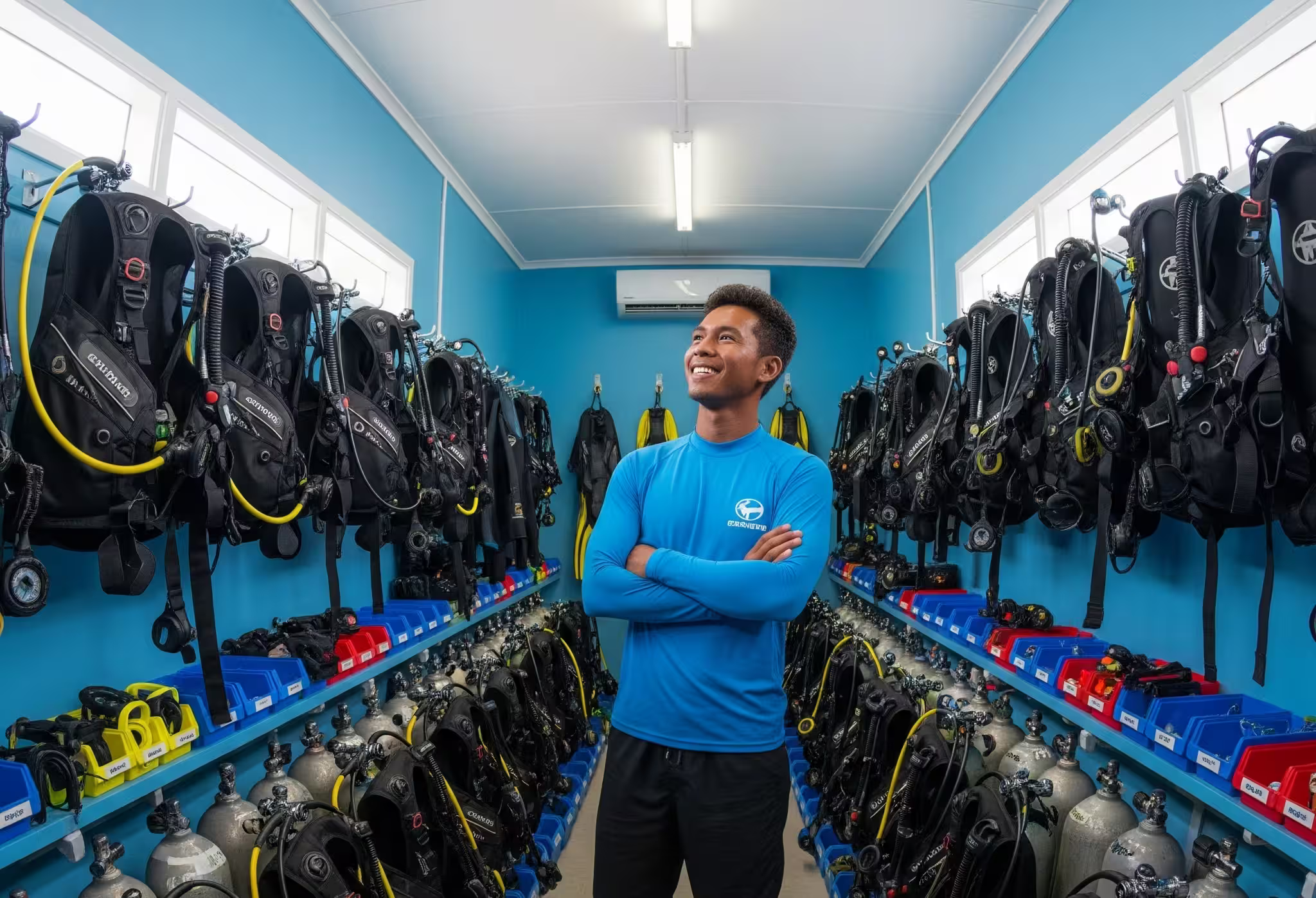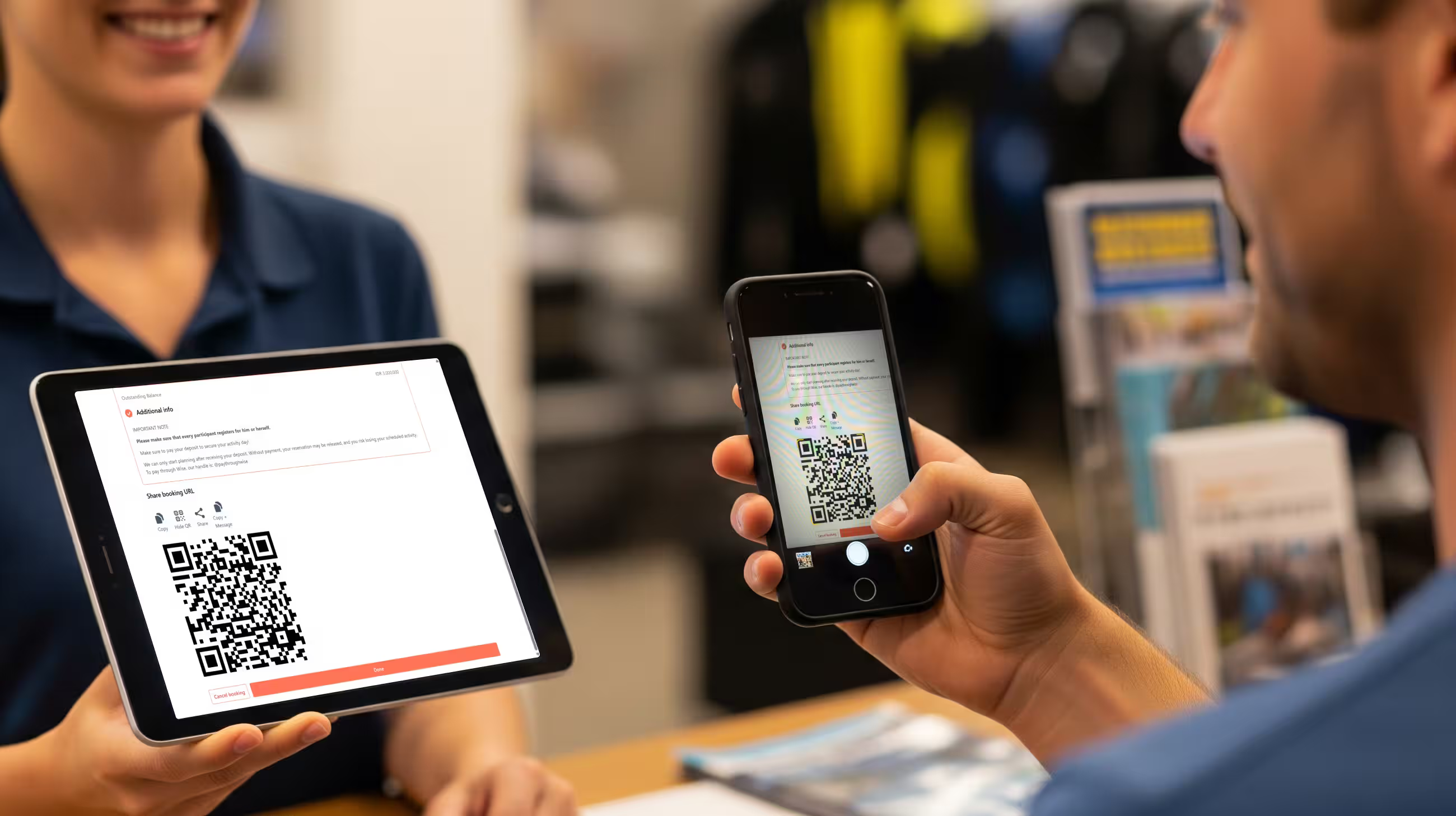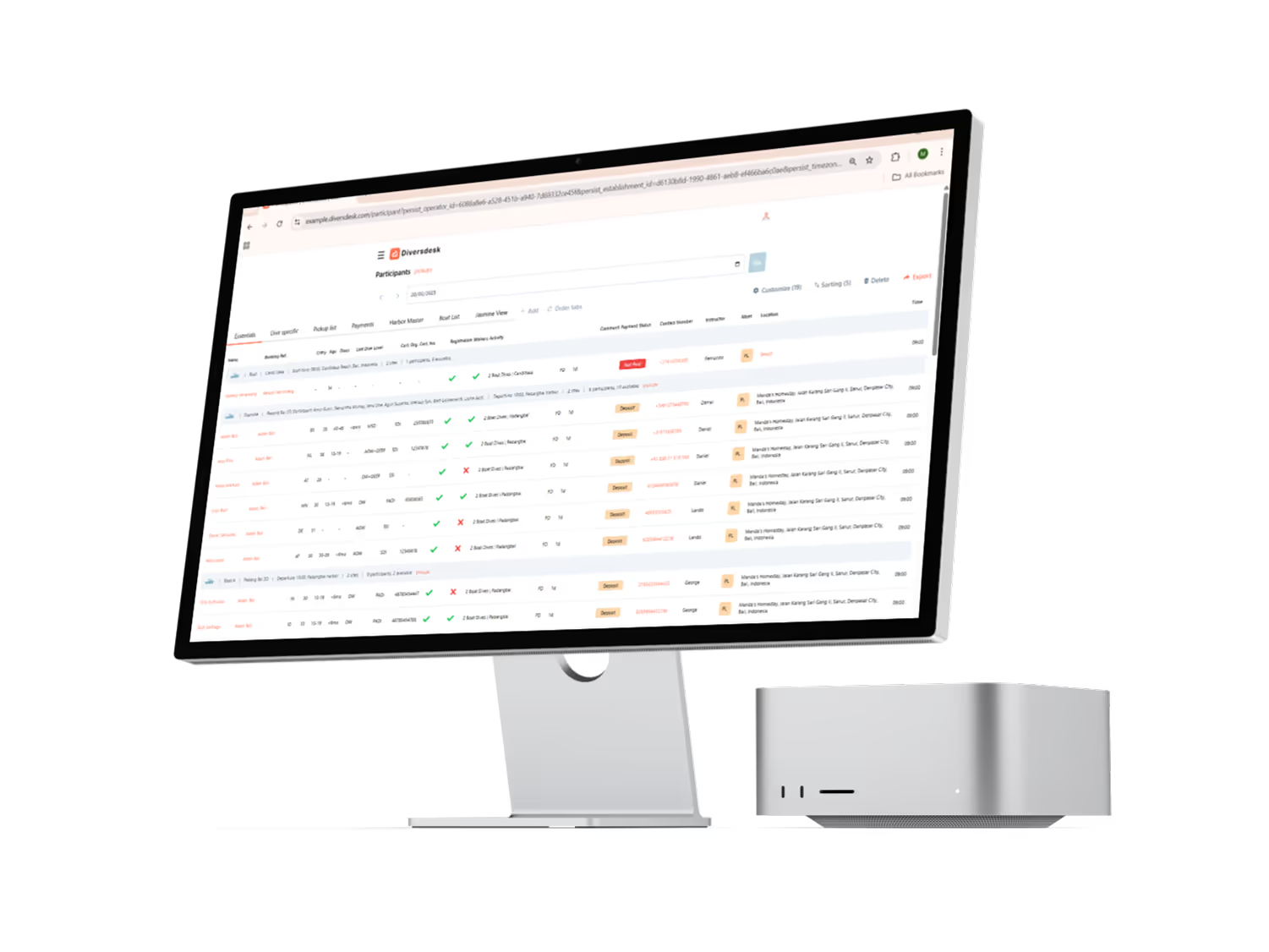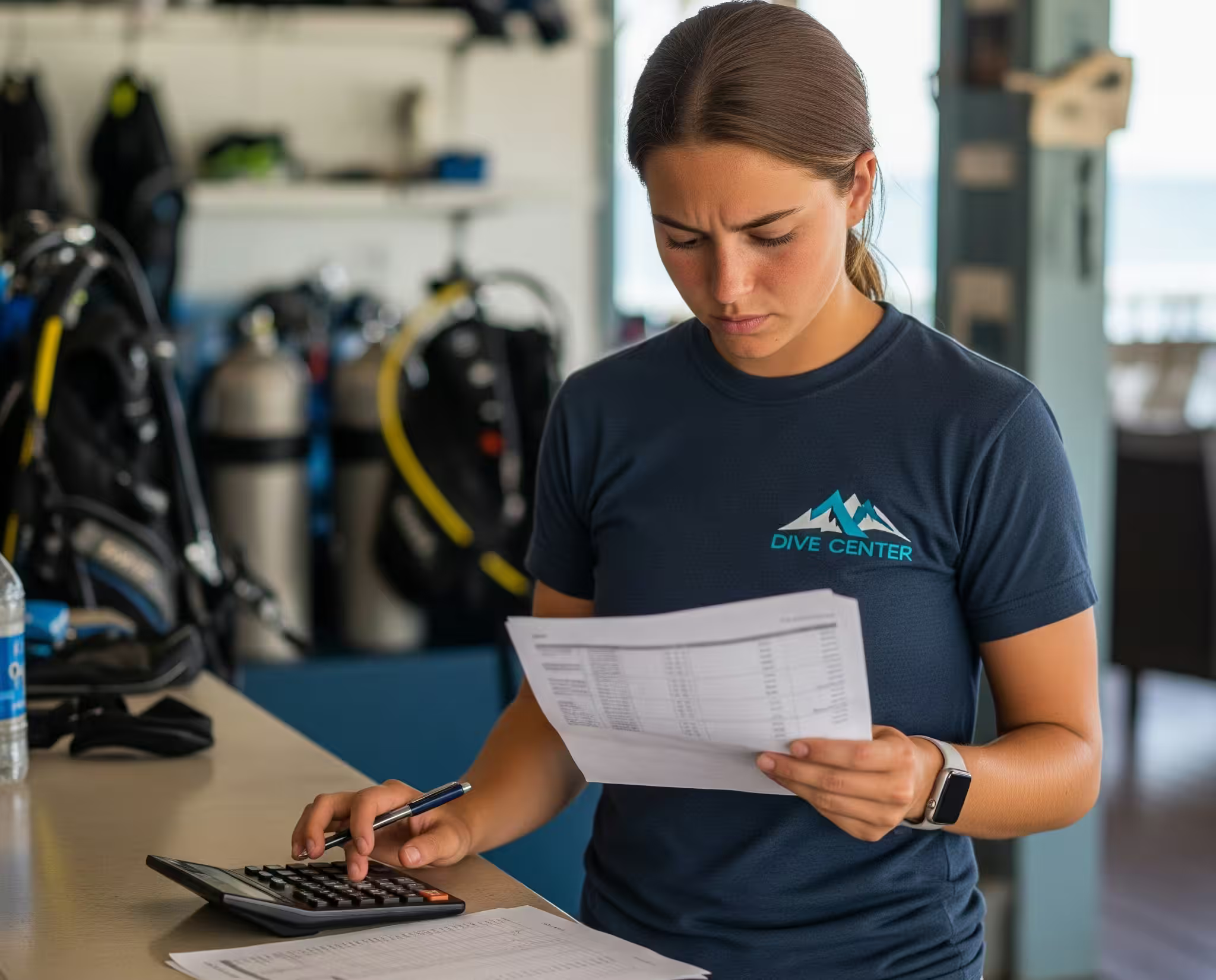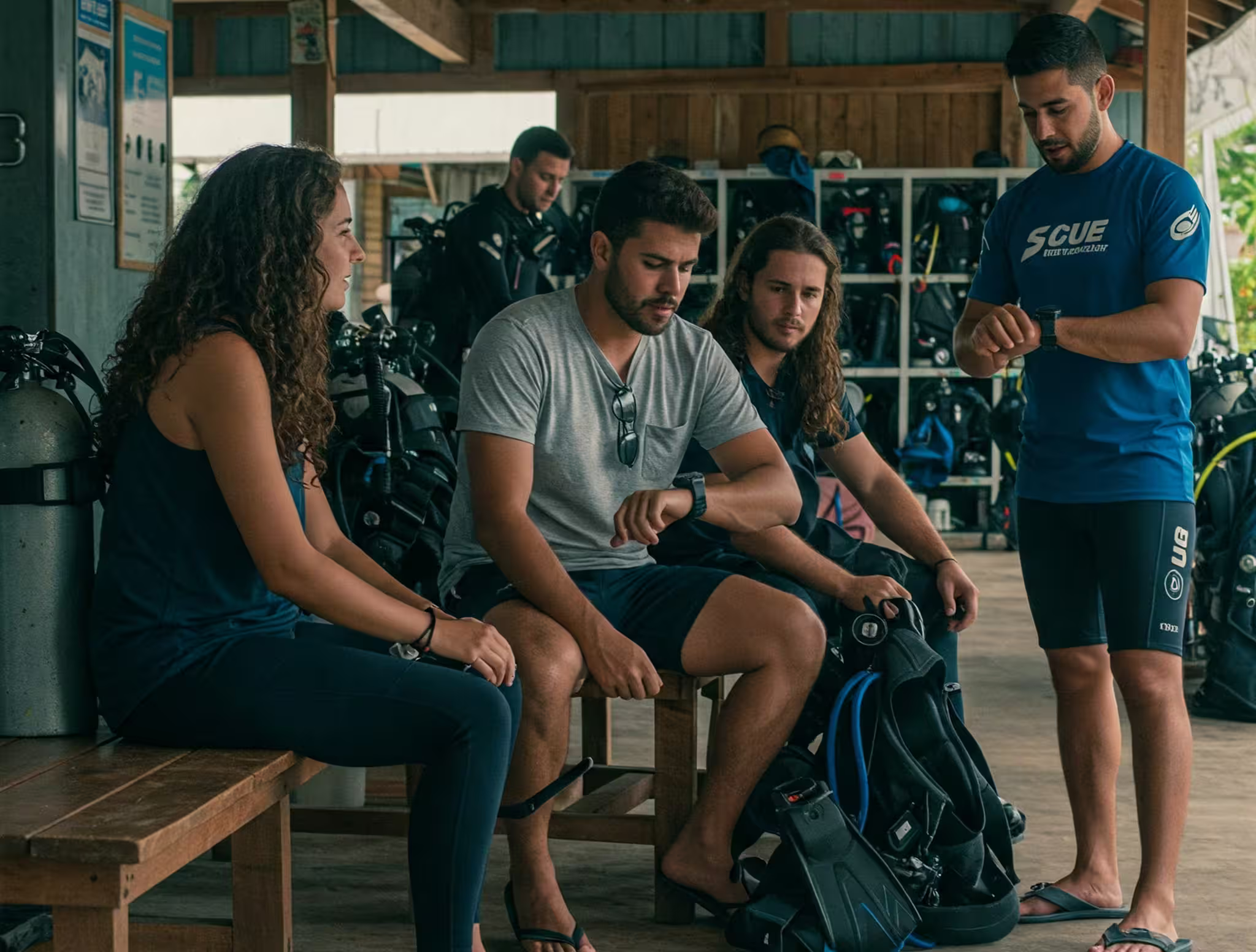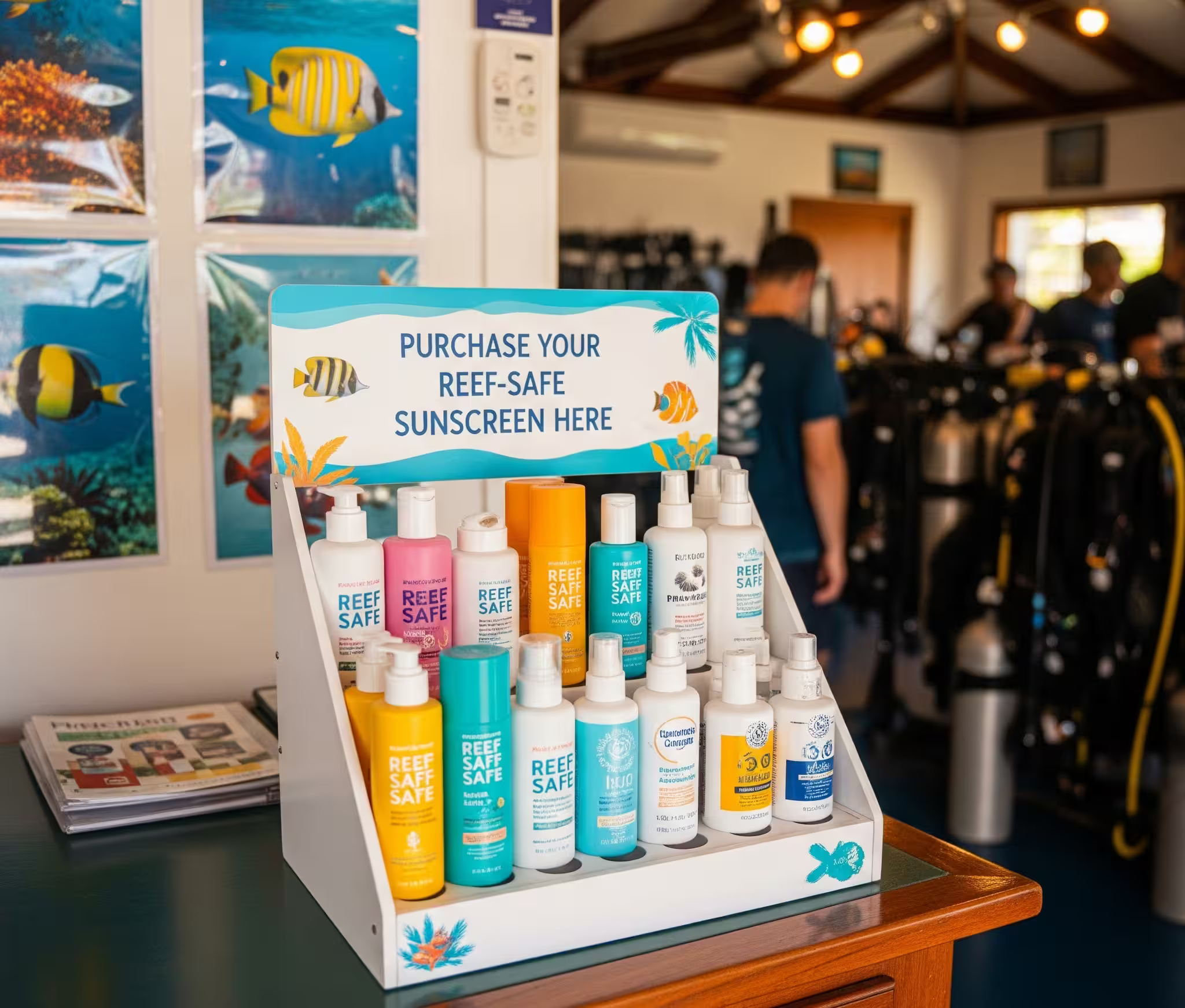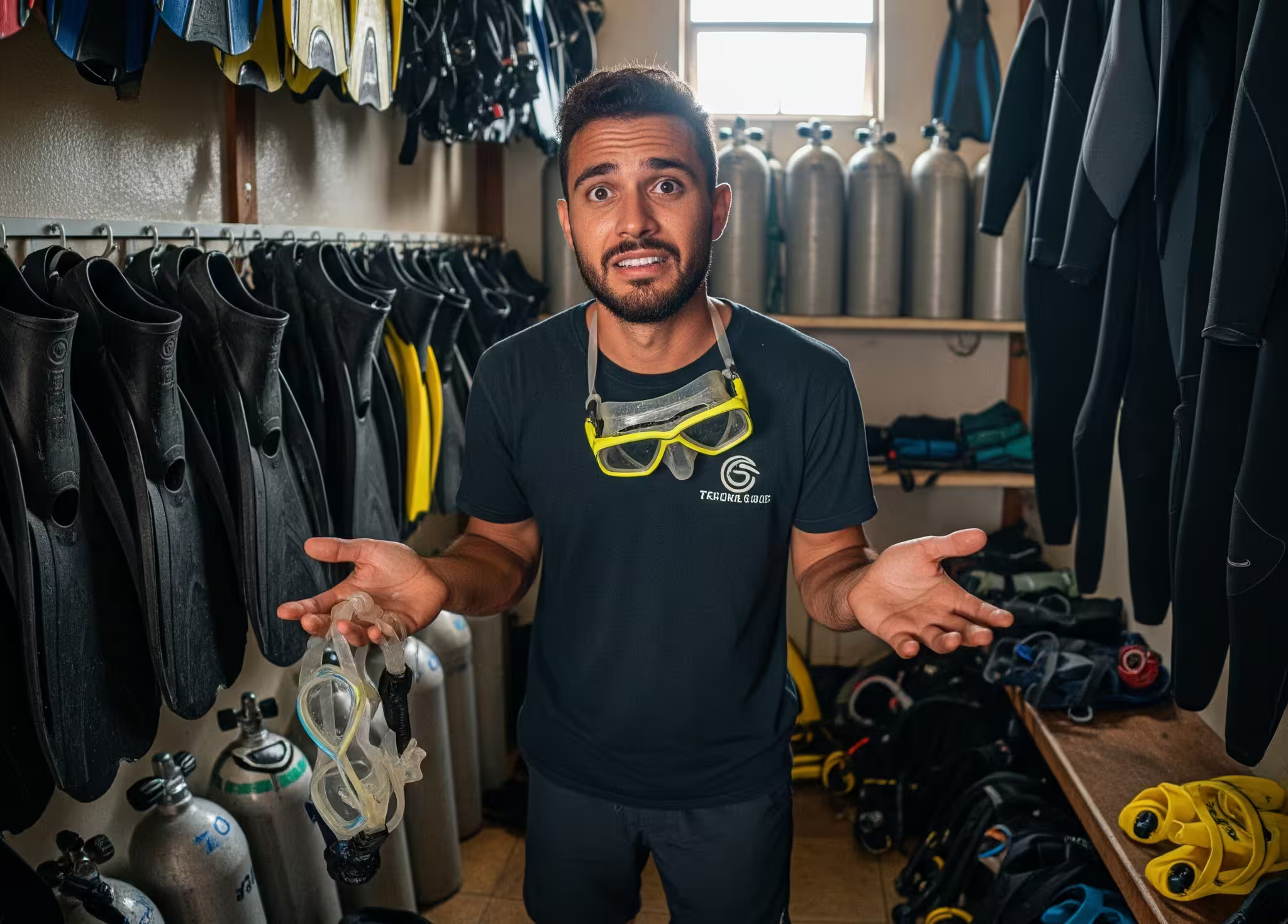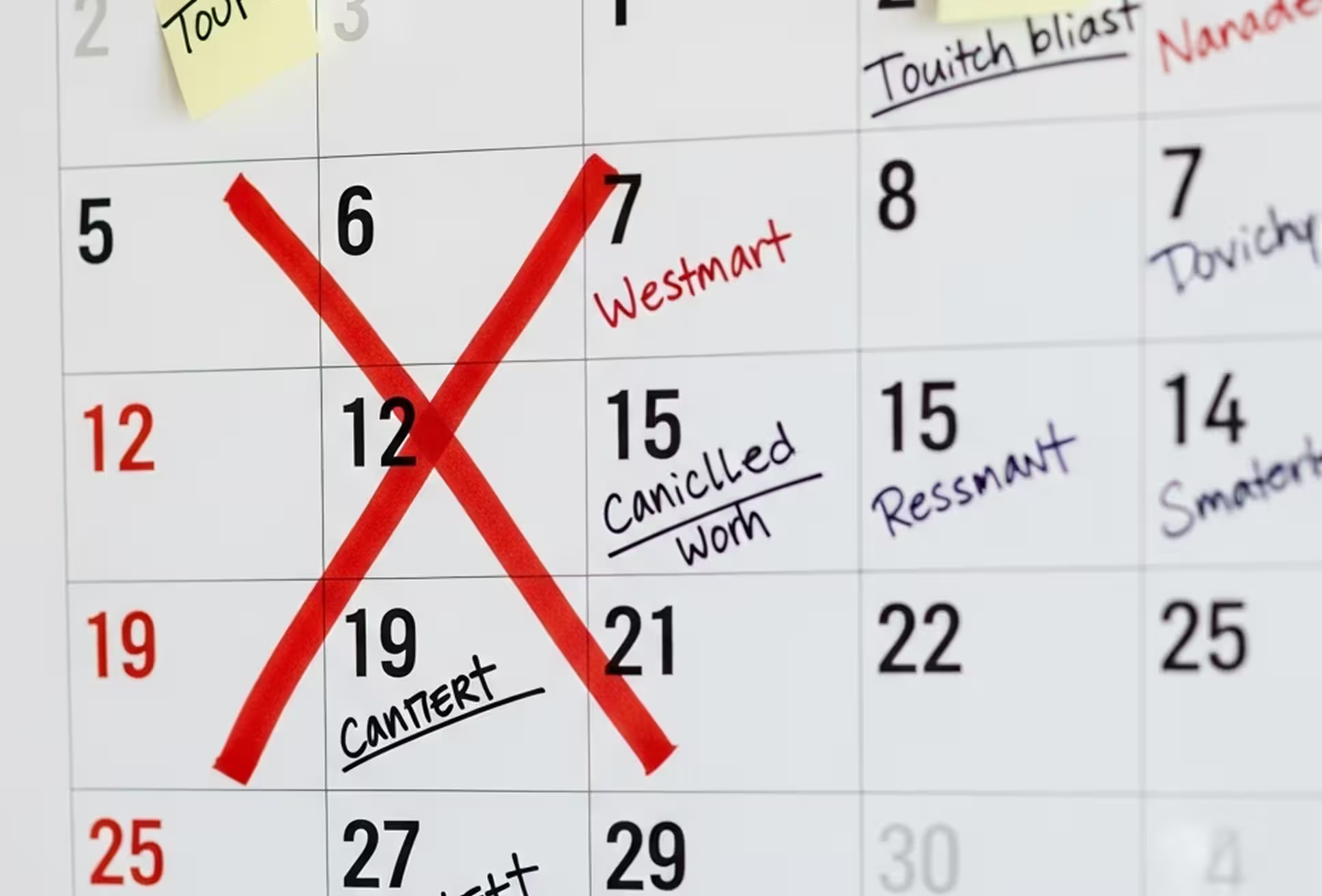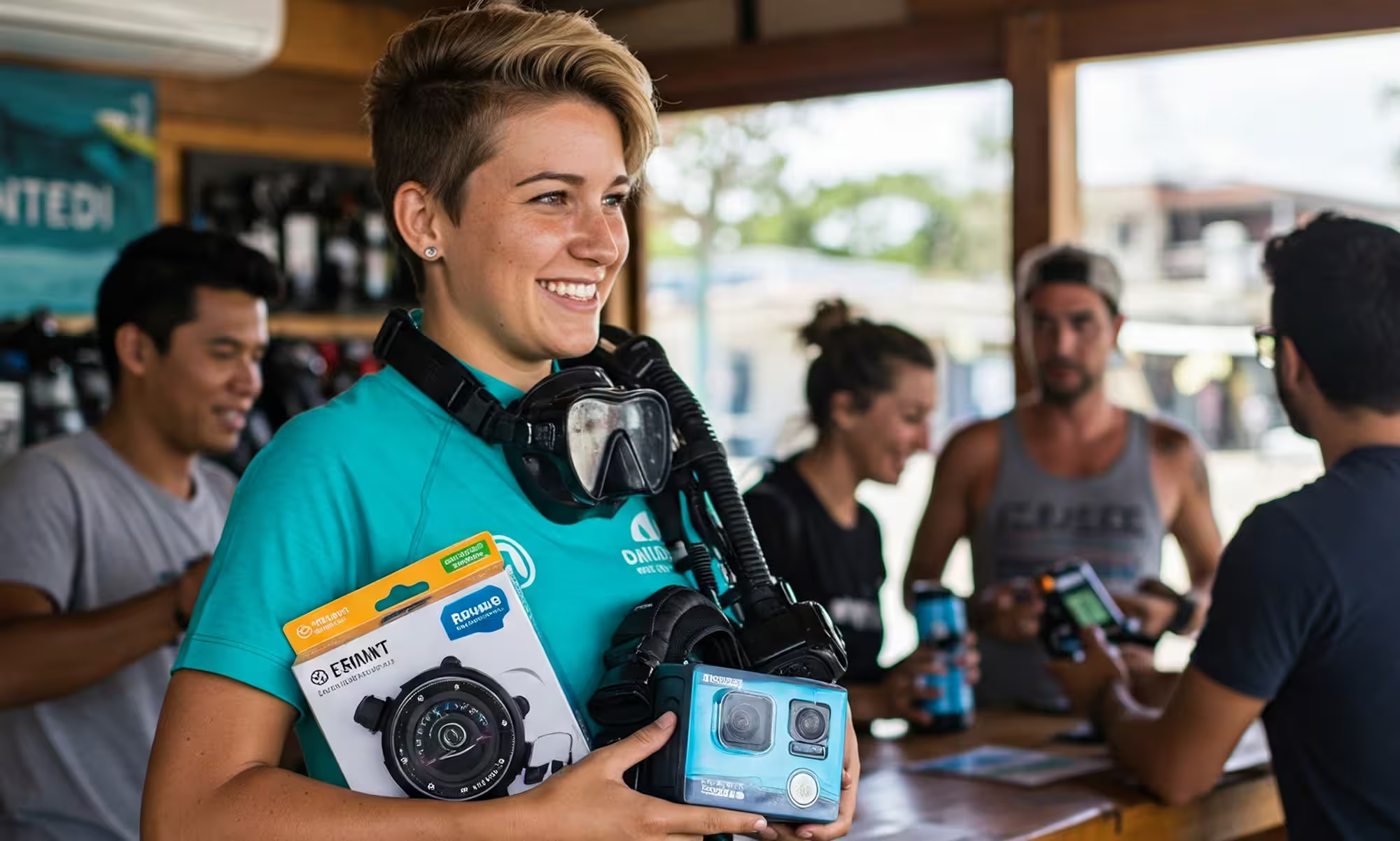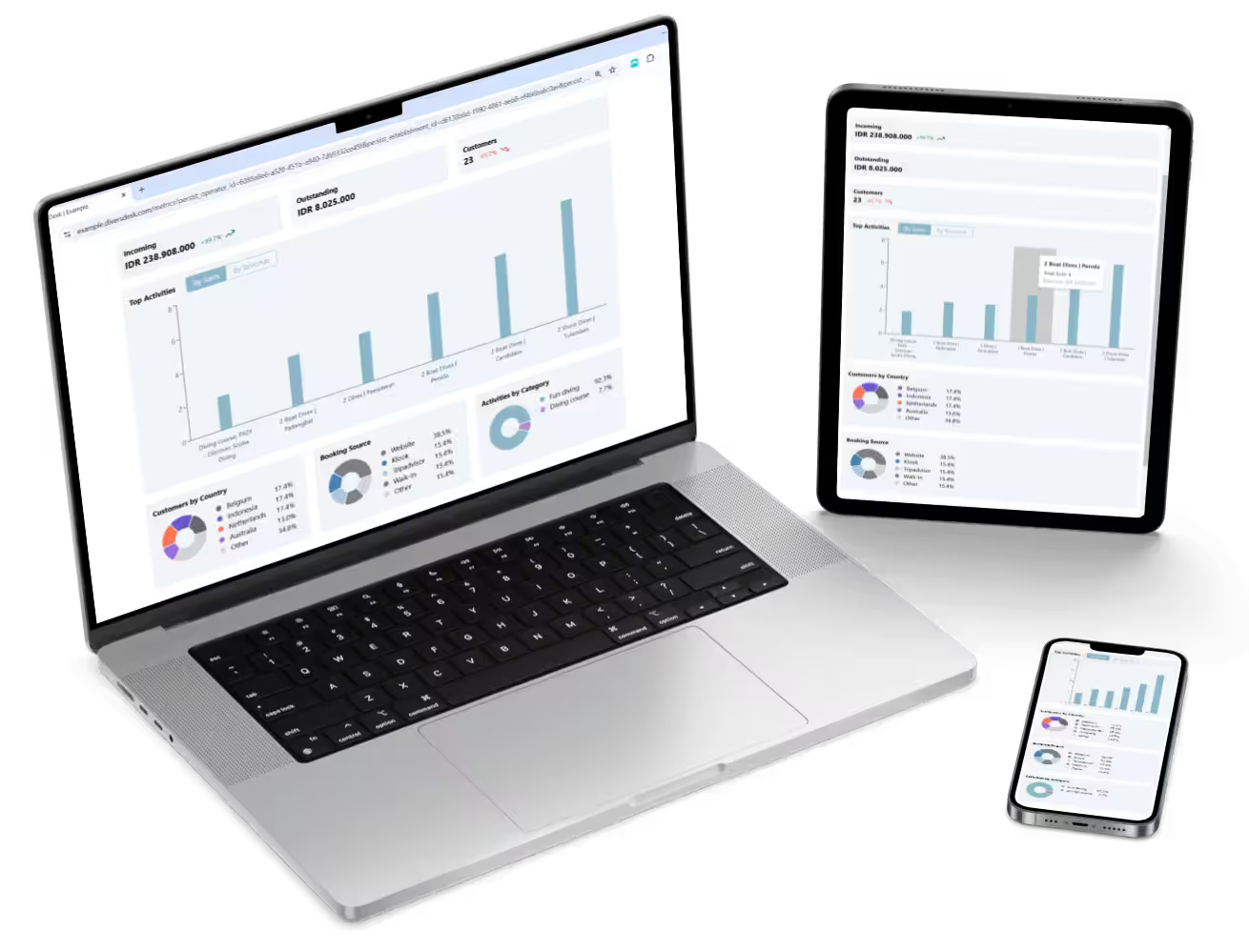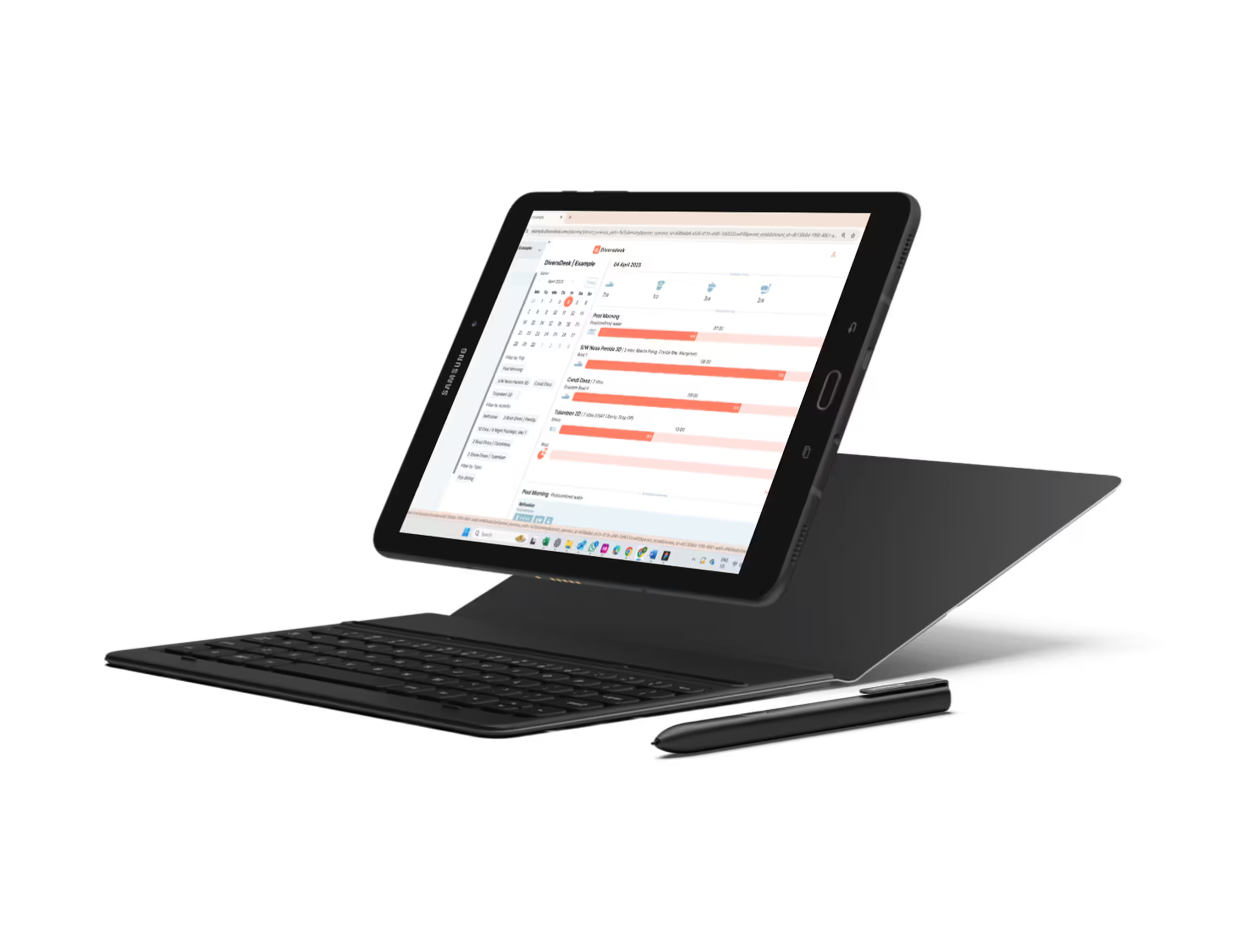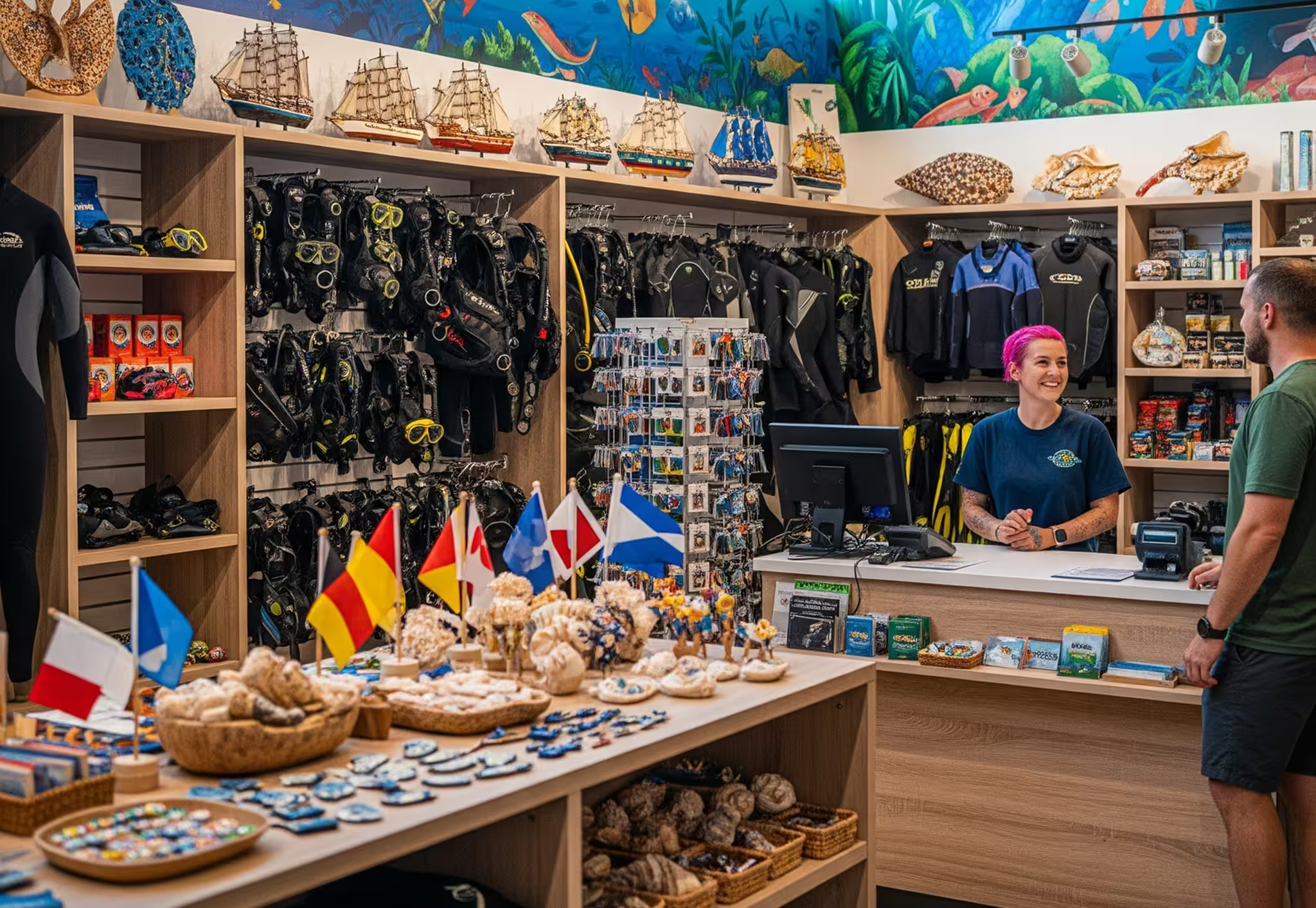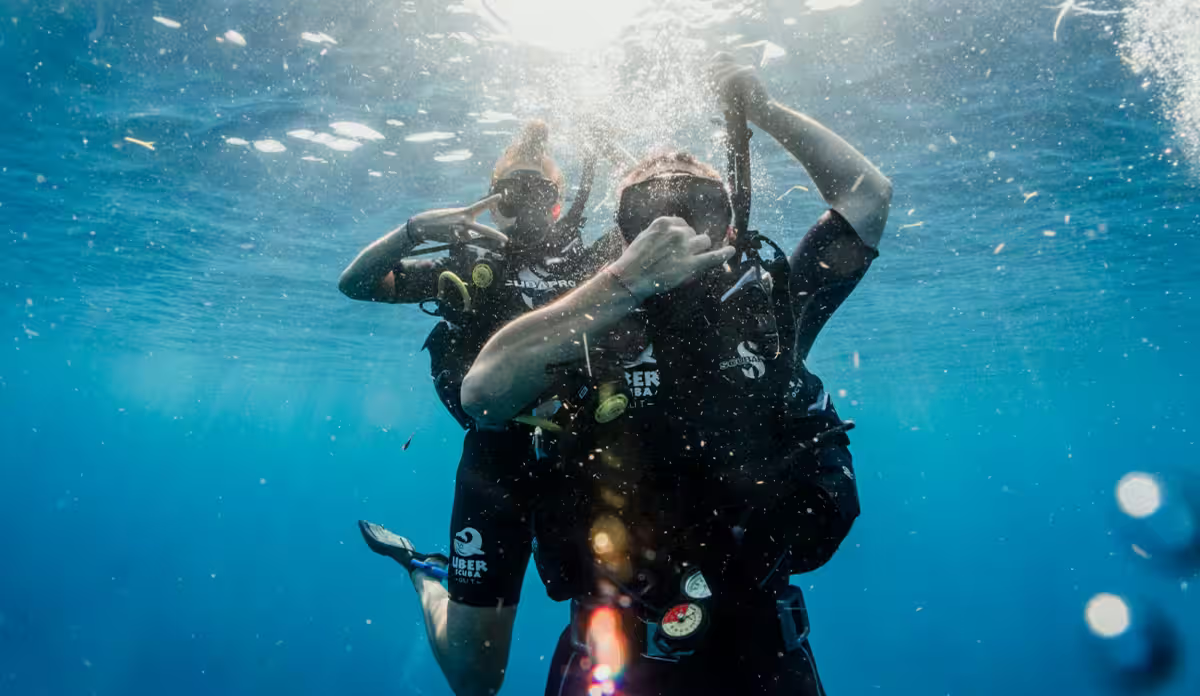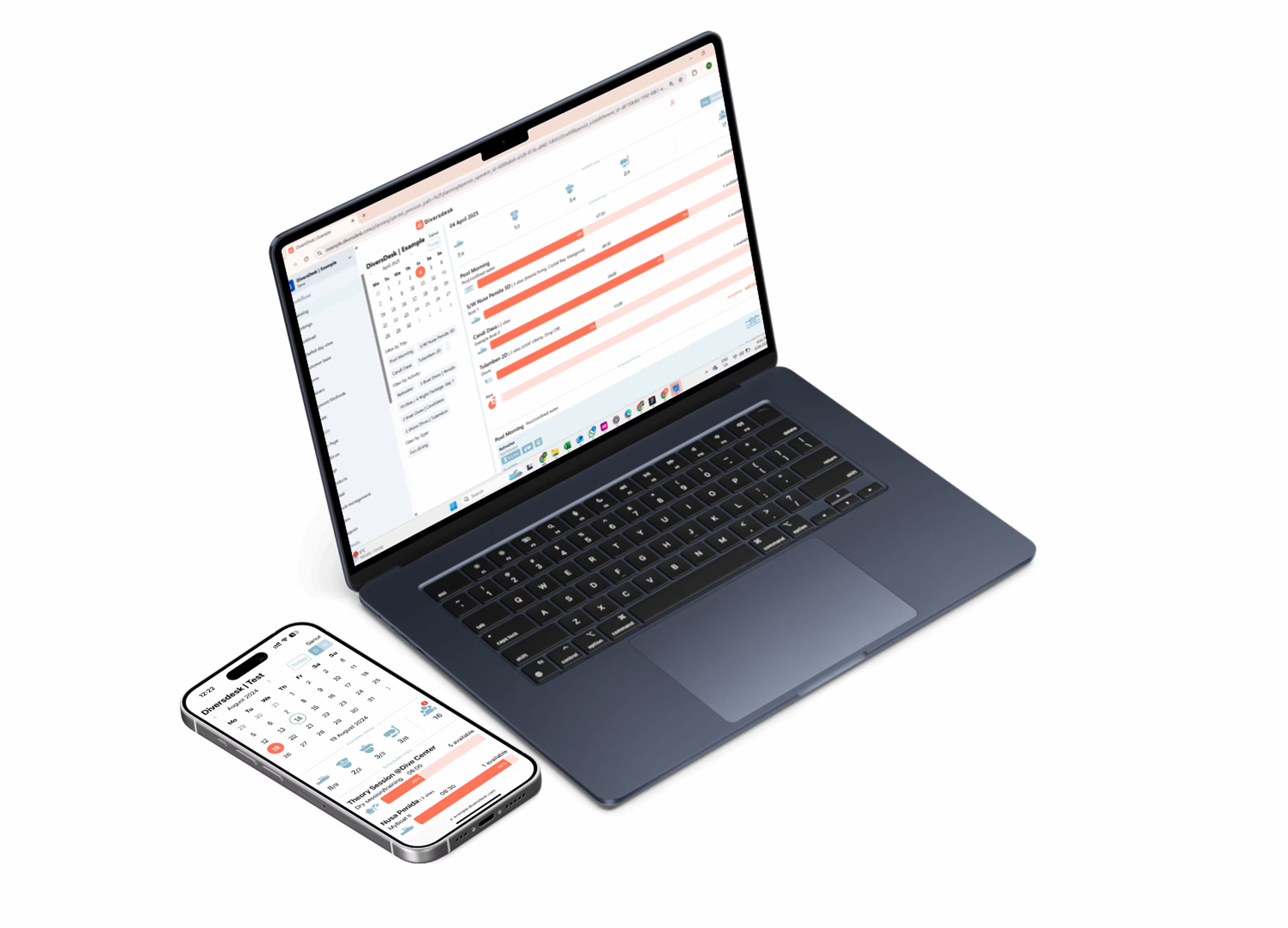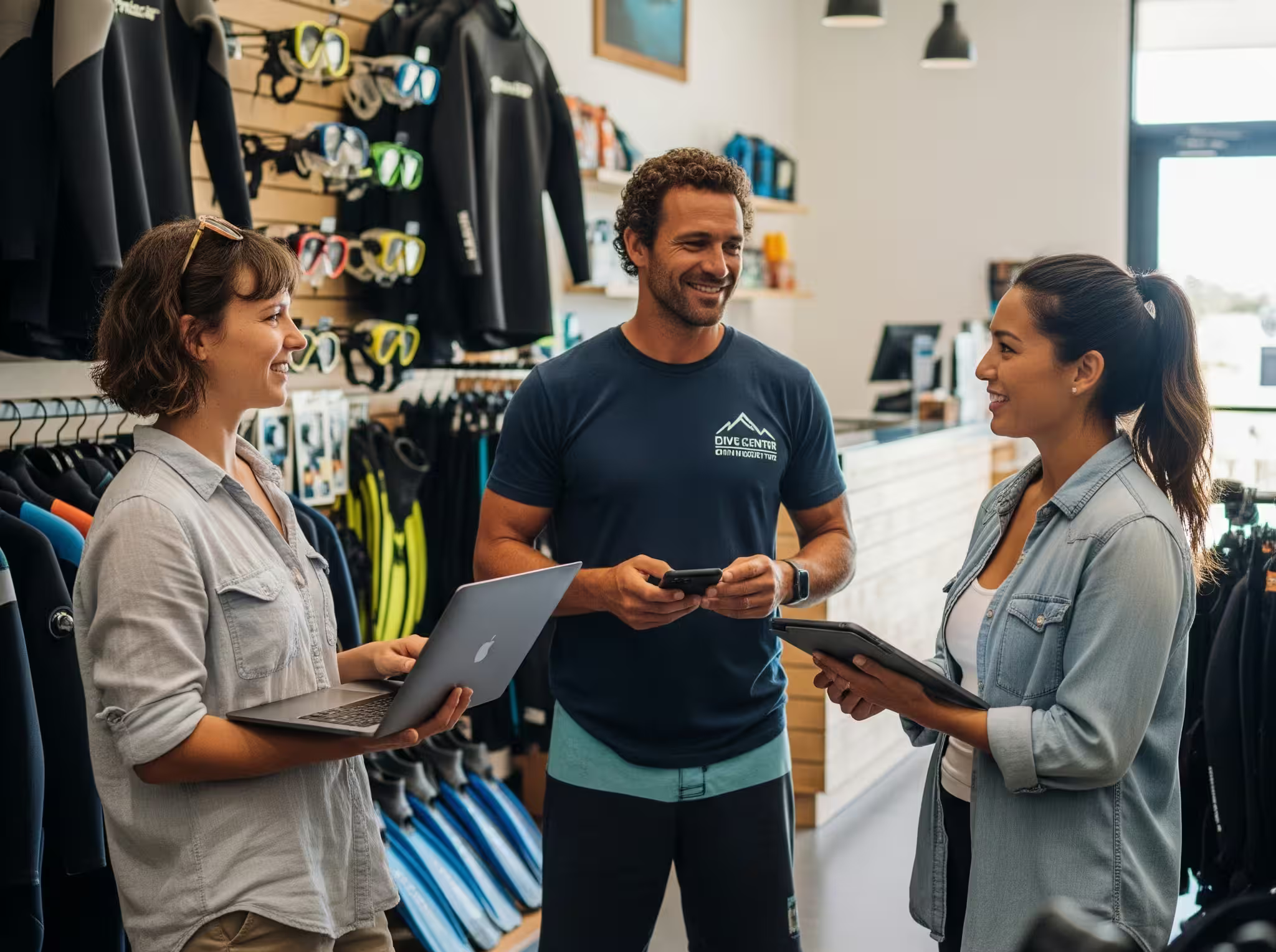Dive Shop Sales Boost: Simple Fixes with Big Results
In my view, selling more gear in your dive shop doesn’t require a big advertising budget or a complex strategy. Like mentioned in this article, the real impact often comes from small changes you can make right away without spending much. Whether you’re running a busy beachfront shop or a quieter setup connected to your dive school, in my opinion, these kinds of simple adjustments can go a long way without making it feel like you’re constantly trying to sell.
Wanna know more? Let’s look at a few simple things you can tweak today that might just make a bigger difference than you expect.
Optimize Your Store Layout
I think it’s worth stepping back and really looking at how your space is laid out. When someone walks in, is it clear where to go? Can they move around easily, or do they end up stuck between racks? In my opinion, your high-margin or seasonal gear should be placed where people naturally walk, like near the entrance or along the main path. If something’s selling well, give it space to stand out.
I came across this article that talks about the psychology of retail and how layout impacts sales. It lines up with what I’ve seen in real life. The way your space is arranged can influence how long people browse and what they end up buying. I also think it helps to keep rental returns or service desks tucked to the side so they don’t pull attention away from the retail area. A simple, open layout really does make it easier for people to explore and shop.
Make Your Bestsellers Easy to Spot
In my opinion, people naturally feel more confident when they see what others are buying. It gives them a sense of direction, especially if they’re new to diving and not sure where to start. I think it helps to highlight your most popular products with small signs like “staff favorite” or “most recommended by instructors.” You’re not trying to push anything. You’re just making the choice easier by showing what works for other divers. If your team loves a product or if customers keep coming back for the same item, point that out. It builds trust and makes the decision feel safer.
Train Staff to Suggest (Not Sell)
The best sales come from real conversations. No one enjoys being sold to, but everyone appreciates good advice. Your team should focus on helping, not just closing. Ask open-ended questions like “What kind of diving are you doing?” or “Are you heading on a trip soon?” These kinds of questions make it easier to recommend gear that actually fits the customer's needs. If someone is buying a wetsuit, it makes sense to mention that boots or a hood might also be useful depending on their plans.
I’ve shared more thoughts on this in another blog about tips for upselling dive gear. In my opinion, upselling works best when it feels natural and informed. It’s not about pushing products. It’s about being helpful and confident in what you’re offering. When done well, it leads to better customer experiences and often higher-value purchases.
Use Clear Pricing and Simple Bundles
In my opinion, confusion kills sales. If pricing isn’t clear, people hesitate. They start second-guessing, and that’s often where the sale slips away. Prices should be easy to find, and bundles should feel practical. Think mask and snorkel sets, beginner kits, or travel packs. These don’t need big discounts, they just need to make sense.
I found this article really useful. It explains how removing confusion from the buying process helps people feel more confident and ready to purchase. Simple wins.
Leverage Customer Reviews and Social Proof
I think nothing builds trust like hearing from other divers. If someone shares positive feedback about a piece of gear, use it. Print their quote and place it next to the product. You can also post short testimonials around the shop or share them on your social media and website. I think showing real people using your gear creates a stronger connection. It helps others feel more confident in what they’re buying because they see that it works for someone like them.
Track What Sells (and What Doesn’t)
In my view, guessing what works is not a strategy. Your POS system gives you real data that shows what’s actually selling and what’s just taking up shelf space. Look at trends over time. Which items move quickly after open water courses? Are torches more popular during night dive season? This kind of insight helps you stock smarter and adjust your layout to match buyer behavior.
Now that Diversdesk includes a built-in POS system, it’s even easier to track this. You can review your stock and spot customer patterns without switching between systems. In my opinion, that kind of simplicity that digital tools like Diversdesk, helps you make smarter decisions, avoid overstocking, and focus on what actually sells. Less waste, more results.
Final Thoughts
As I explained above, boosting sales in your dive shop doesn’t have to be complicated. Most of the time, it comes down to doing the small things well. A clear layout, helpful staff, simple pricing, and a solid understanding of what actually moves off the shelf are the things that make a real difference.
You don’t need to push hard or completely change everything. Just focus on creating a space where people feel comfortable, supported, and confident in their choices. Start with the basics, pay attention to what works, and build from there. Over time, these small adjustments can lead to steady, meaningful growth.

